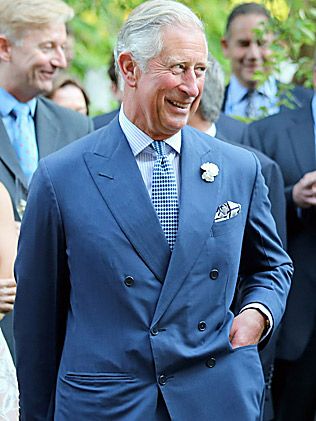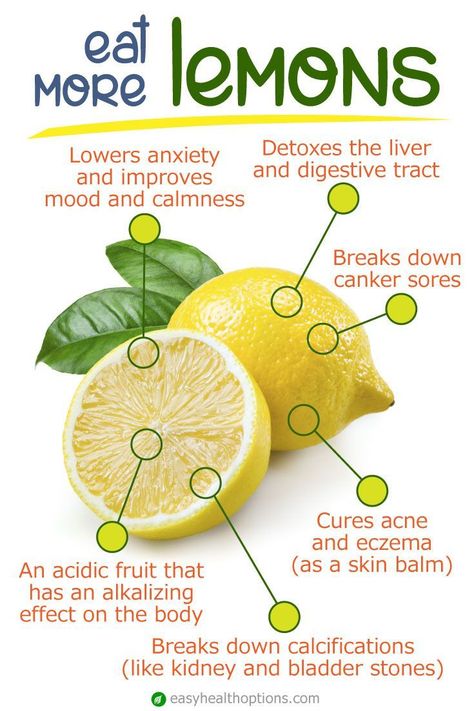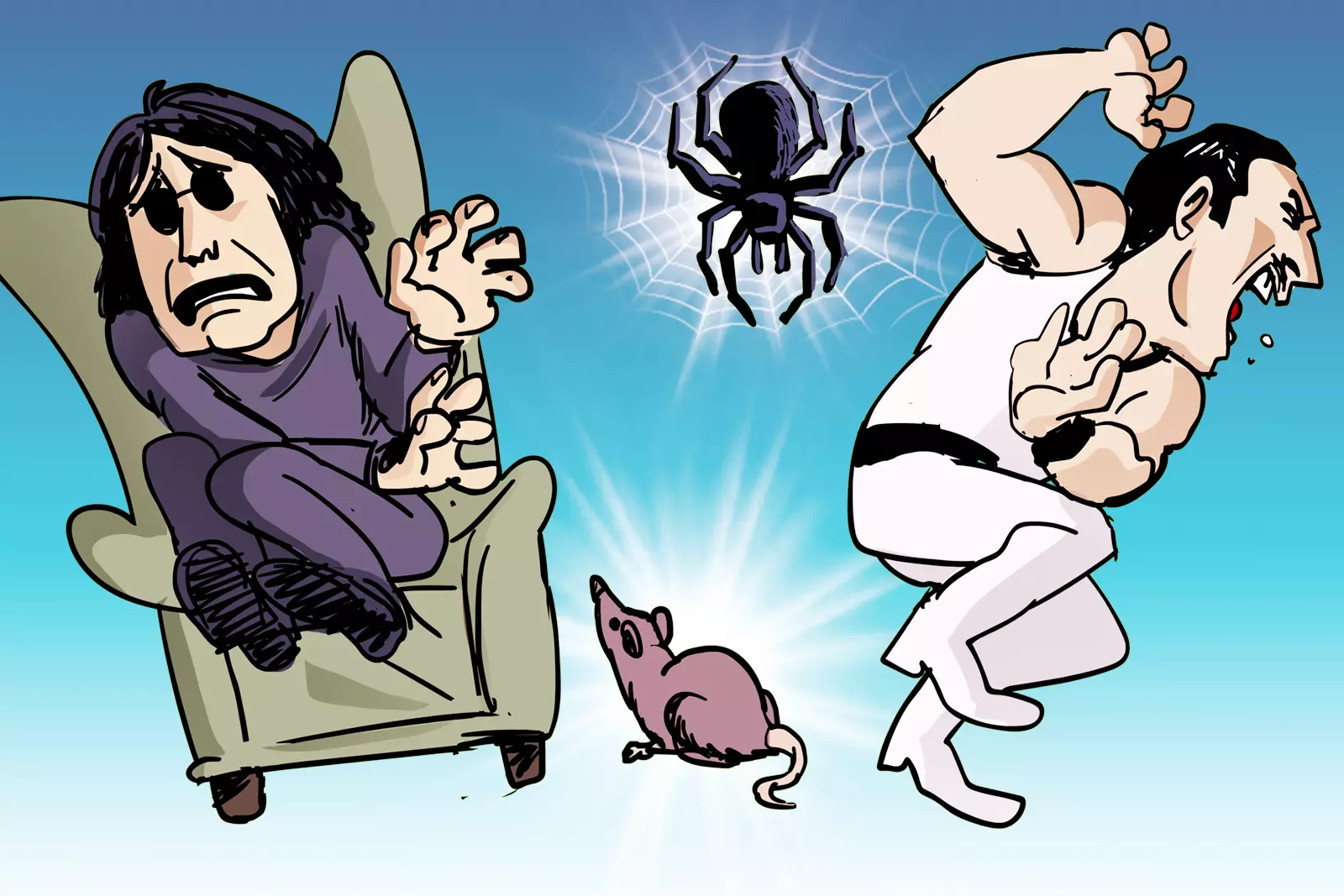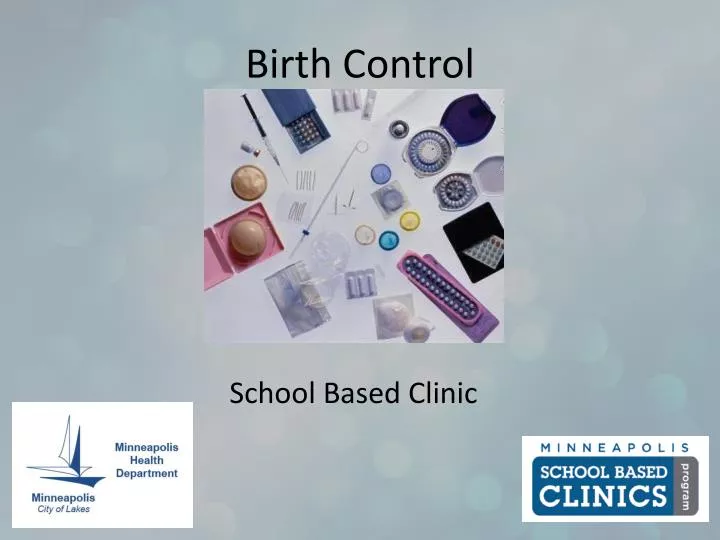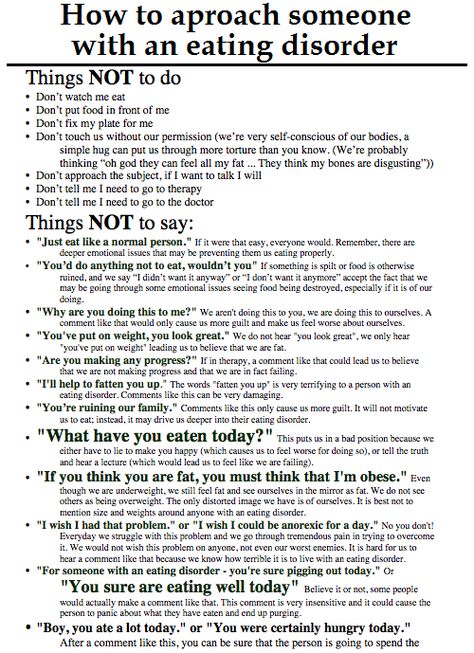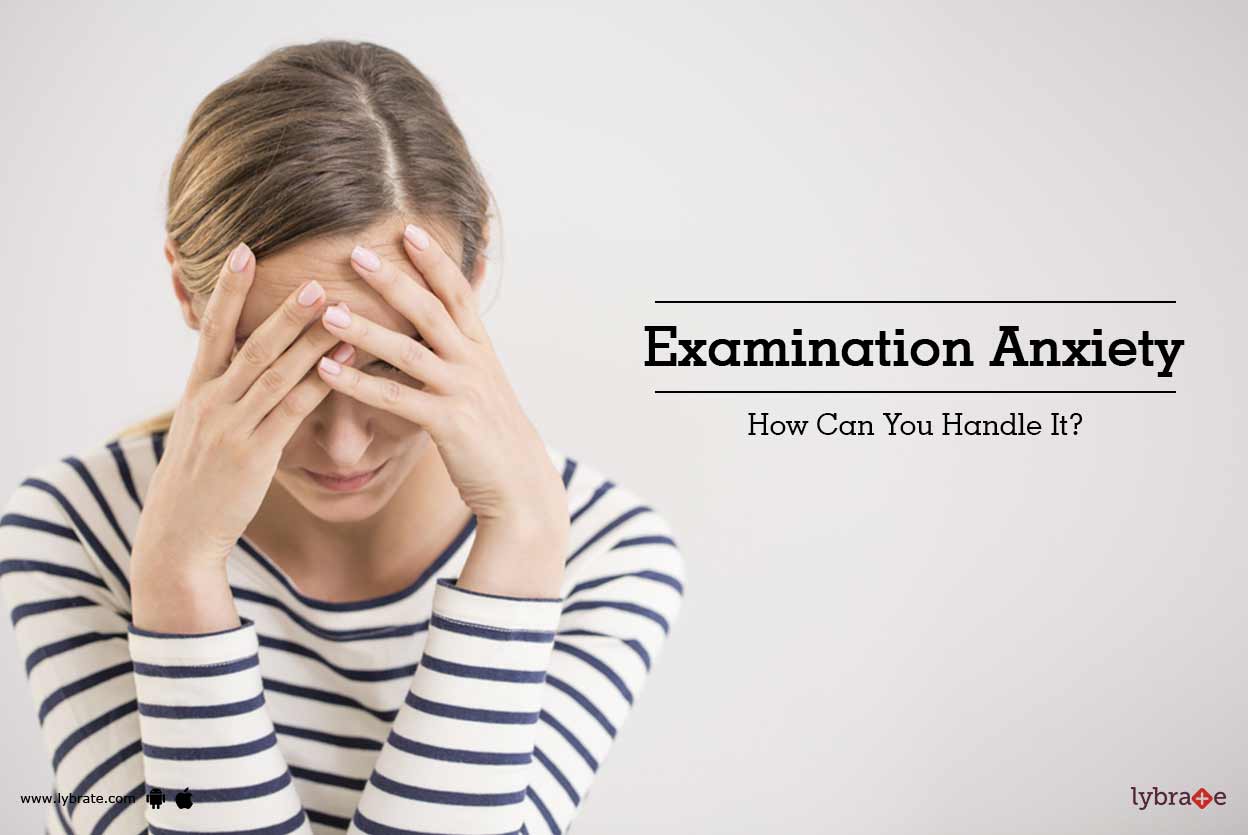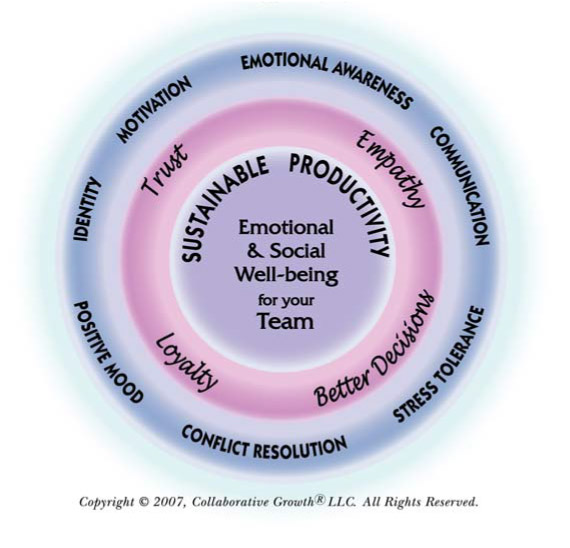Prince charles personality type
Prince Charles vs Prince William
Prince Charles The ISFP is quiet and introspective. Harmony and respect for values are important to them and if trust is broken the ISFP will walk quietly away, no fuss, but stubbornly refusing to engage again. The ISFP will live life quietly to the full, savouring the present moment, and enjoying the more private, sensory and practical activities of life, keeping things as uncomplicated possible.
Prince William ISFJs are quiet, and often understated people-centric doers. Conscientious and hardworking, they are loyal and dedicated to people and organisations, and they take their responsibilities very seriously. They have an incredible store of knowledge and superb memory used to support people and solve problems. Shunning the limelight the ISFJ is often the one who quietly make it all happen.
We all bring something different to the team and we all agree that difference and balance are good things. However when someone is different from us we might not understand them so well so in this section we allow you to compare the differences at work, how these might manifest themselves and how best to manage them.
Contribution to the team
Prince Charles The ISFP will bring a quiet sense of conviction and what is 'the right thing to do.' Although not vocal, the ISFP can glue the team together and be quietly vocal in their support of new ideas and contributions.
Contribution to the team
Prince William The ISFJ will bring order, clarity, organisation and planning. Although not the most vocal member of the team, the ISFJ will make sure the team moves towards a 'known' conclusion in a planned way.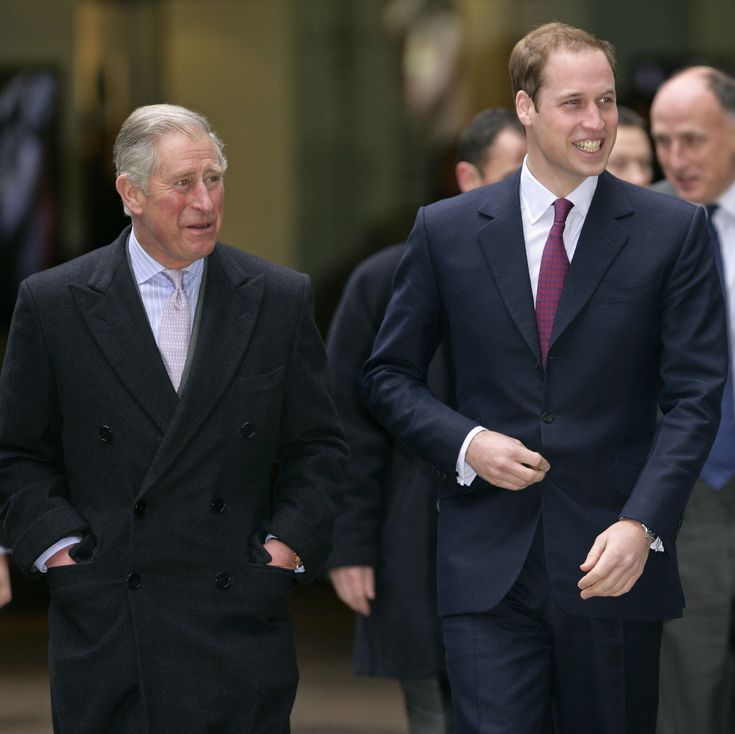
Leading
Prince Charles The ISFP will not generally want to push themselves forward to lead as they prefer to remain slightly behind the scenes as a supporter and the glue which allows them to be trusted and help others.
Leading
Prince William ISFJs are more of the behind the scenes operators rather than being a charismatic leader. Yet their incredible memory, their caring and practical nature and planning ability make them good team leaders.
Being managed
Prince Charles ISFPs need freedom, and is not motivated by goals, or targets - and indeed may shy away, quietly, non-confrontationally, from schedules, and set priorities preferring the flexibility to work in their way at their pace.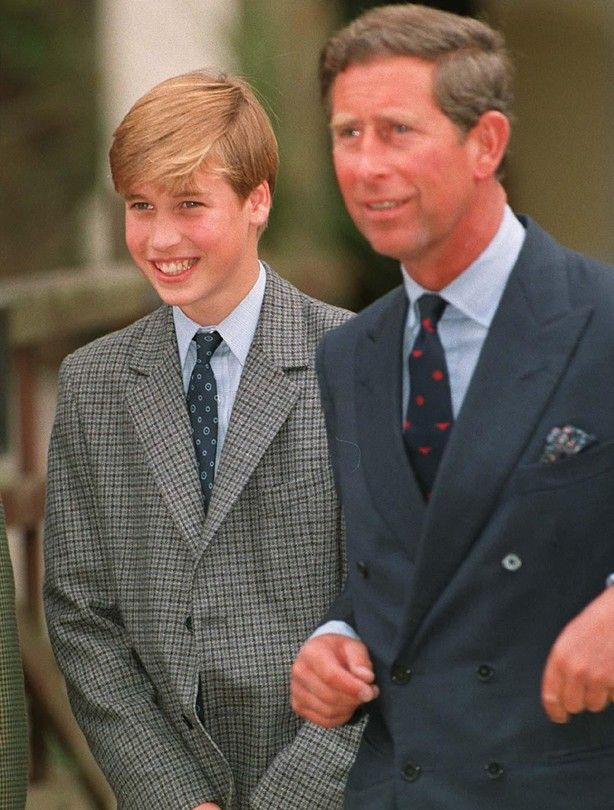
Being managed
Prince William Ironically, because they prove over and over that they can be relied on for their loyalty, attention to detail and high-quality work they can be taken for granted. Give them clarity and trust, they will deliver.
Attention to detail / focus
Prince Charles ISFPs are driven by values, making them incredibly loyal but they tend not to work best with detail or plans, preferring a flexible approach allowing them the freedom to contribute in their own unique way.
Attention to detail / focus
Prince William The ISFJ is painstaking, orderly, conscientious and anxious with a superb capacity for follow-through although they have a tendency to worry about the smaller things and a reluctance to ‘let go.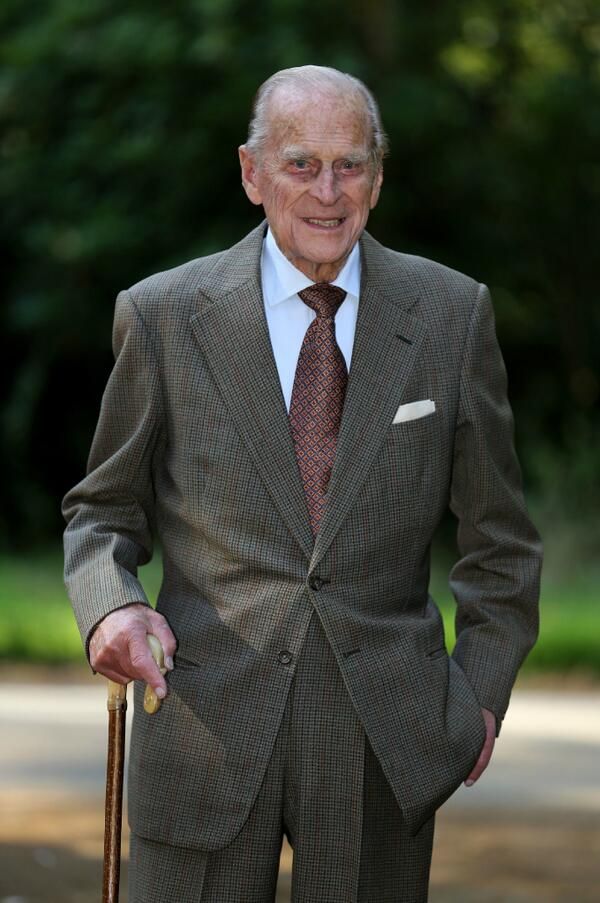 ’
’
Creativity
Prince Charles The ISFP is very creative, as they have a great talent for noticing all the details and relationships between things giving them a subtle artistic approach and to come up with unique ways of seeing things.
Creativity
Prince William ISFJs have a great memory for facts and superb attention to detail. They will be more factual and practical than overtly creative, motivated by an internal anxiety to ensure the team doesn’t fail.
Some people seek harmony, some see conflict as simply robust discussions, some people are emotional, some more factual. So there is no right or wrong about this and what we are trying to do is help two different people each understand how the other might deal with conflict and what it will mean for how they work together.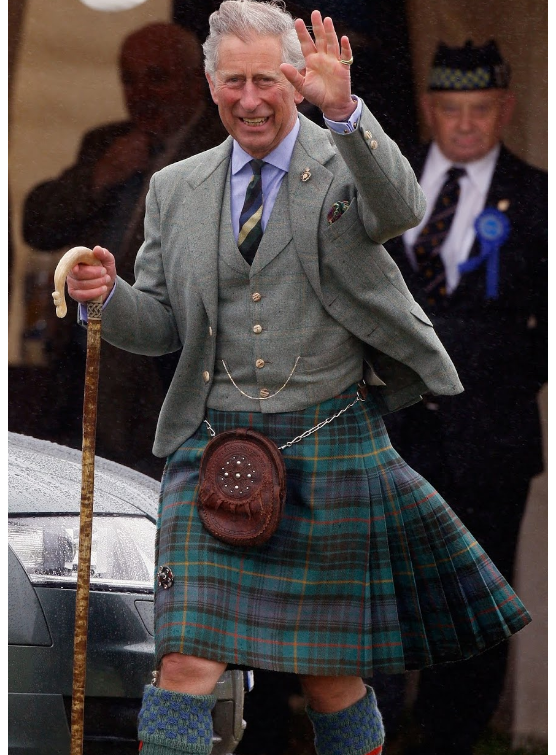
Initial response to conflict situations
Prince Charles The ISFP does not like conflict partly due to their need for harmony and partly due to their intense need for privacy and not to be ‘known’ and so they will tend to quietly walk away from fractious situations.
Initial response to conflict situations
Prince William The ISFJ will initially close down on conflict as they prefer harmony and indeed will work hard at creating that. Indeed the ISFJ will be a superb diffuser of conflict but they themselves do not enjoy it.
Issues they'll fight on
Prince Charles The ISFP is a complex type and whilst they have extremely strong values and beliefs they do not like to open up except to those few they trust and so, even if pushed they will tend to walk away.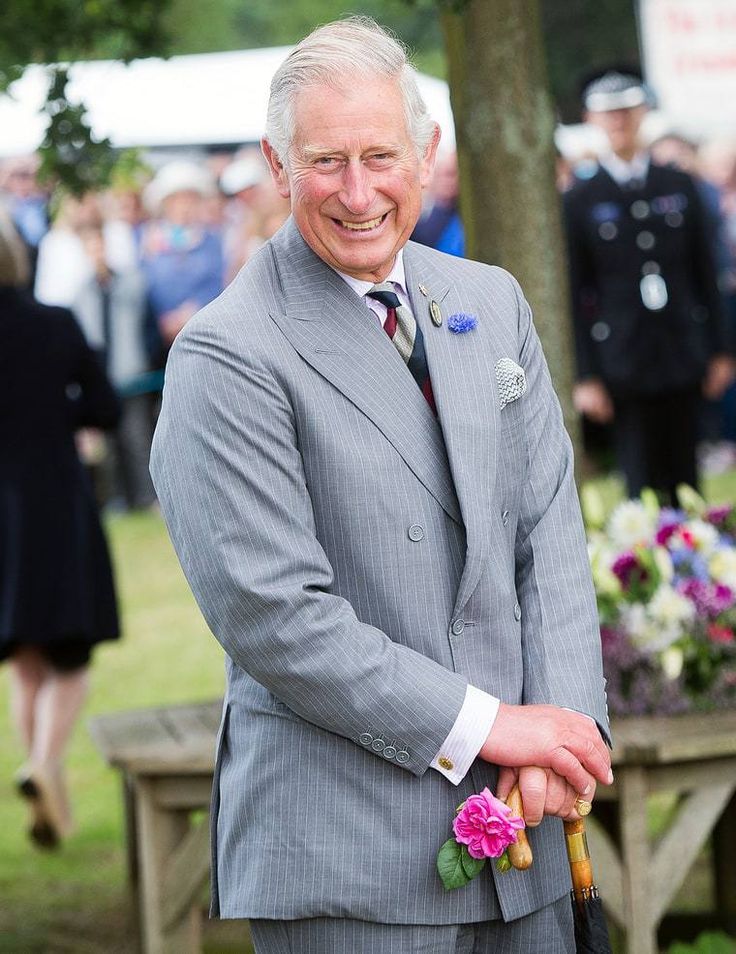
Issues they'll fight on
Prince William ISFJs are often called ‘the defender’ and this is because they will stand up for what is right and the rights of others. So whilst they may shun conflict personally, they will fight for other people.
Conflict style / communication
Prince Charles Quiet and unobtrusive the ISFP will rarely project their feelings and so they will be difficult to know and even when they are upset or riled will tend to walk away and keep their own counsel.
Conflict style / communication
Prince William Naturally more quiet and low key, the ISFJ will be conciliatory and seek consensus preferring to see good in people and they will look to get to a resolution that makes everyone happy.
How they feel after
Prince Charles Emotional situations, indeed any people-centric situations can deplete the ISFP energy levels and they will need to go back inside themselves to recharge their batteries, enjoying quiet sensory time.
How they feel after
Prince William Altercations and over interaction in general sucks the energy of the ISFJ and so they will need some private ‘me’ time to recharge their batteries and build up their energy levels.
We all have different motivators, values and views on the world, in part driven by our personalities. The section below describes how each person is likely to engage with others, and how others may see them.
Being around them
Prince Charles The ISFP is a person of few words, intensely loyal to friends and family and the causes for which they stand - although this manifests itself much more in deeds than in words, as they are very private.
Being around them
Prince William ISFJs are deep and caring with strong values and these will be held privately until the ISFJ allows people in. What others will perceive is a helpful, supportive, patient and detailed individual who is under the radar. The ISFJ is sociable but doesn’t like the spontaneity of crowds.
Dealing with emotions
Prince Charles The sensitive nature of the ISFP means they can be easily hurt, but only really by those whom they have allowed in. From such people the ISFP will expect them to understand, to ‘get’ them.
Dealing with emotions
Prince William The ISFJ is an emotional type, but may struggle at times to deal with these, as they are so private and reflective.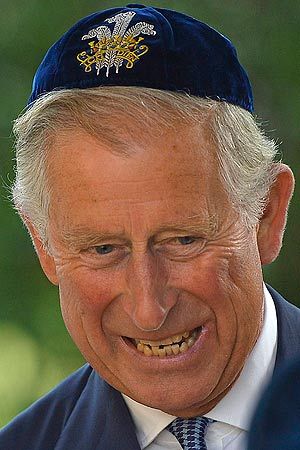 It may be possible to deeply offend an ISFJ and not realise it, so private are they.
It may be possible to deeply offend an ISFJ and not realise it, so private are they.
Openness and sharing feelings
Prince Charles The ISFP is extremely deep and private and so only those whom they had allowed close would really get to know how they are really feeling. A passive stubbornness will see the ISFP simply walk away.
Openness and sharing feelings
Prince William Once allowed close the ISFJ will open up but it will take time and they are not naturally forthcoming. This may mean it emerges in small chunks, often off the back of other conversations.
Drivers and values
Prince Charles ISFPs are driven by the need for harmony. The ISFP doesn’t use logic or intuition but genuinely FEELS things, through the senses, including how others are feeling if those others are part of their life-space.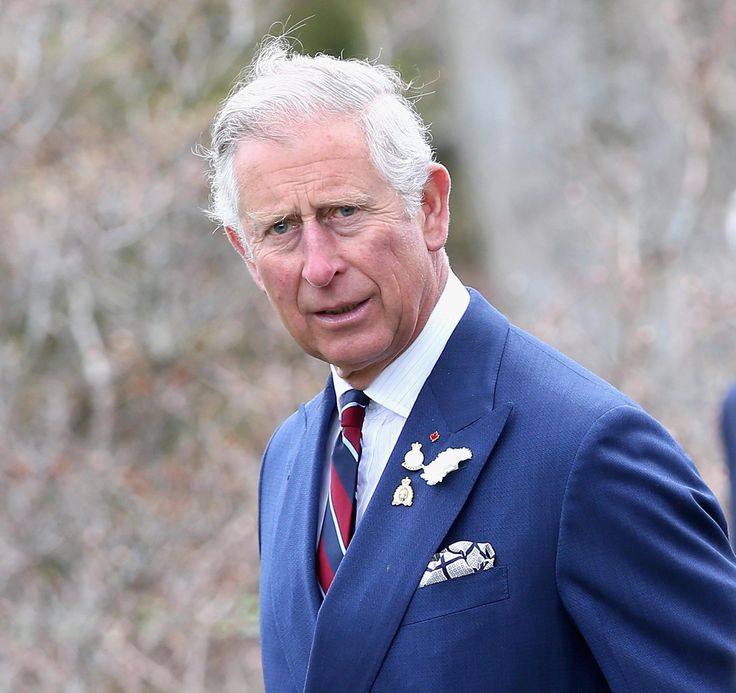
Drivers and values
Prince William ISFJs have a strong sense of what is right and wrong and will tend to do what they believe is right, even at the expense of themselves. They really do want to support, care and are generous with their time.
King Charles III Personality Type, Zodiac Sign & Enneagram
King Charles III
- Personality type: ISFJ
- Enneagram: 5w6
- Birth date: November 14, 1948
- Job: King of the UK
- Zodiac: Scorpio
We explore King Charles’ personality type, best personality matches, zodiac sign, and Enneagram type. As the eldest son of Queen Elizabeth II, King Charles III became King on 8 September 2022 following the death of the Queen after her 70-year reign.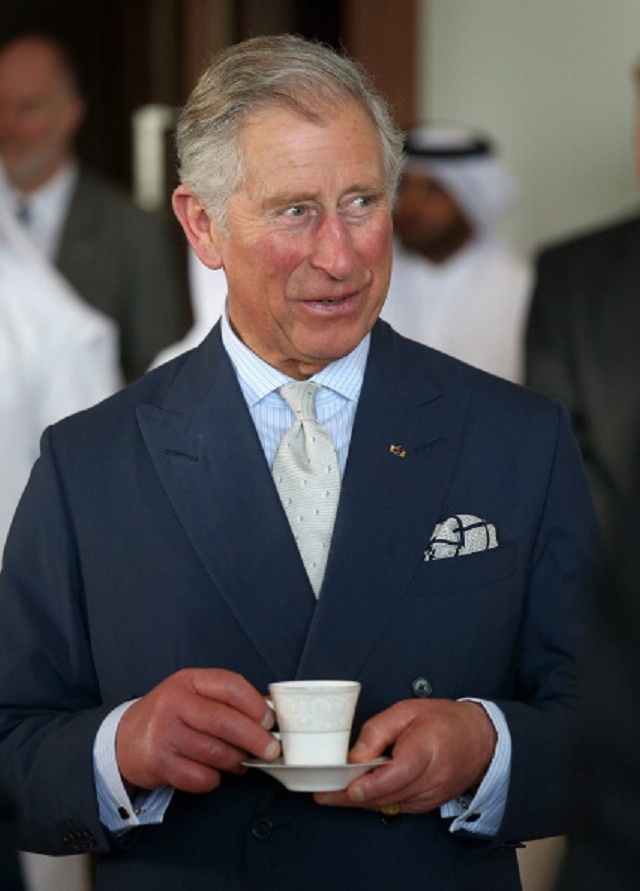
Charles has also been Prince of Wales, Duke of Cornwall, and Duke of Rothesay since 1952 and was both the oldest and the longest-serving heir apparent in British history.
King Charles III served in the Royal Air Force and Royal Navy from 1971 to 1976. In 1981, he married Lady Diana Spencer and they had two sons together, William and Harry.
In 1996, the couple divorced, and he went on to marry his long-term partner Camilla Parker Bowles, now Queen Consort, in 2005.
Which personality type is King Charles III?King Charles III is an ISFJ personality type. Reliable and trustworthy, you can count on Charles to see things through to completion. As an ISFJ, Charles is a natural planner who likes to focus on details and some may describe him as a perfectionist.
Sensible and pragmatic, he is highly practical in all areas of his life. ISFJs are highly observant of their surroundings and can naturally read a room.
Charles is an introvert but, at the same time, people are a key focus of his life.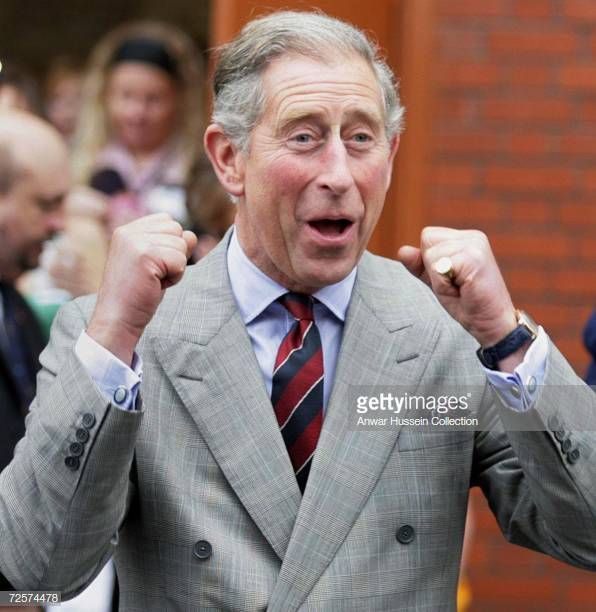 He is kind and considerate, always thinking about how his actions might impact others.
He is kind and considerate, always thinking about how his actions might impact others.
As an ISFJ he needs meaningful connections to feel his best and he values close friendships. Selfless and caring, Charles can have a hard time saying no to people, which is typical of ISFJs.
What is King Charles’ best personality match?As an ISFJ personality type, King Charles‘ best matches are ESTP and ESFP. This means King Charles and his wife Camilla, an ESTP, are the perfect personality match.
On So Syncd, these personality matches are considered ‘golden pairs’ because they have just the right amount of similarities to understand each other and just the right amount of differences to create that spark.
Read our blog post to learn more about ISFJ compatibility.
King Charles III is a Scorpio zodiac sign, which belongs to the Water element of astrology, along with Pisces and Cancer. The symbol of Scorpio is a scorpion, which represents intensity.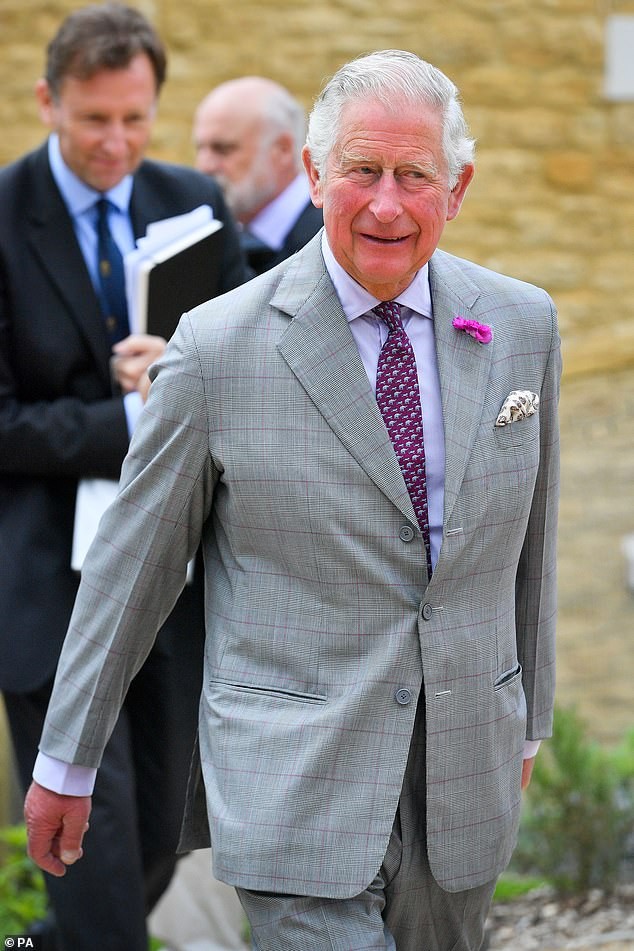
As a Scorpio zodiac sign, Charles has a certain charm. He has a way with words, listening intently when others are speaking and making those around him feel truly seen. It’s no wonder that people of the Scorpio zodiac sign often have many friends.
Which Enneagram type is King Charles III?King Charles is an Enneagram Five personality type with a Six wing. Enneagram Fives belong to the head center, along with Sixes and Sevens, and they naturally make decisions based on analysis.
Charles seeks to understand before he proceeds. Enneagram Fives value connecting with others on an intellectual level and they like to feel in control.
As an Enneagram Five, Charles is original, contemplative and curious. He has unique perspectives and he gets lost in thought.
Enneagram Fives often take a lot of time to mull things over and they love spending time understanding concepts. Naturally inquisitive, Charles has a thirst for knowledge and a desire to constantly be learning.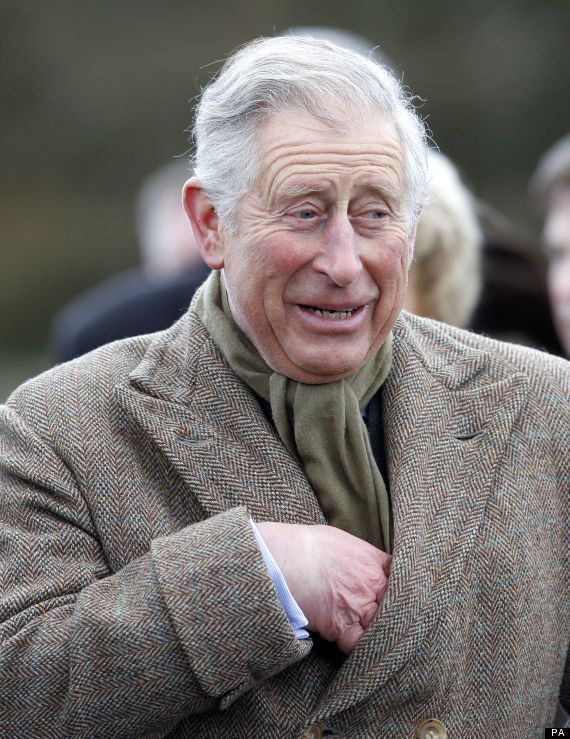
“It’s always marvelous to have somebody who, you know, you feel understands and wants to encourage.”
“It’s always nice to have somebody on your side.”
“Sensitivity to others, which by any definition is actually called good manners, which I think a lot of people have forgotten”
Prince Charles - photo in his youth and biography of the eldest son of Elizabeth II
Read excerpts from the biography of the oldest heir to the English throne in history.
Tatler
With parents and sister, Princess Anne, in Balmoral, 1952.
Prince Carl Philip Arthur Georg ceased to belong to himself even before midnight struck on November 14, 1948. His twenty-two-year-old mother, Princess Elizabeth, was waking up in her bedroom at Buckingham Palace, and the royal midwife, Sister Helen Roe, had already carried the newborn heir into the throne room.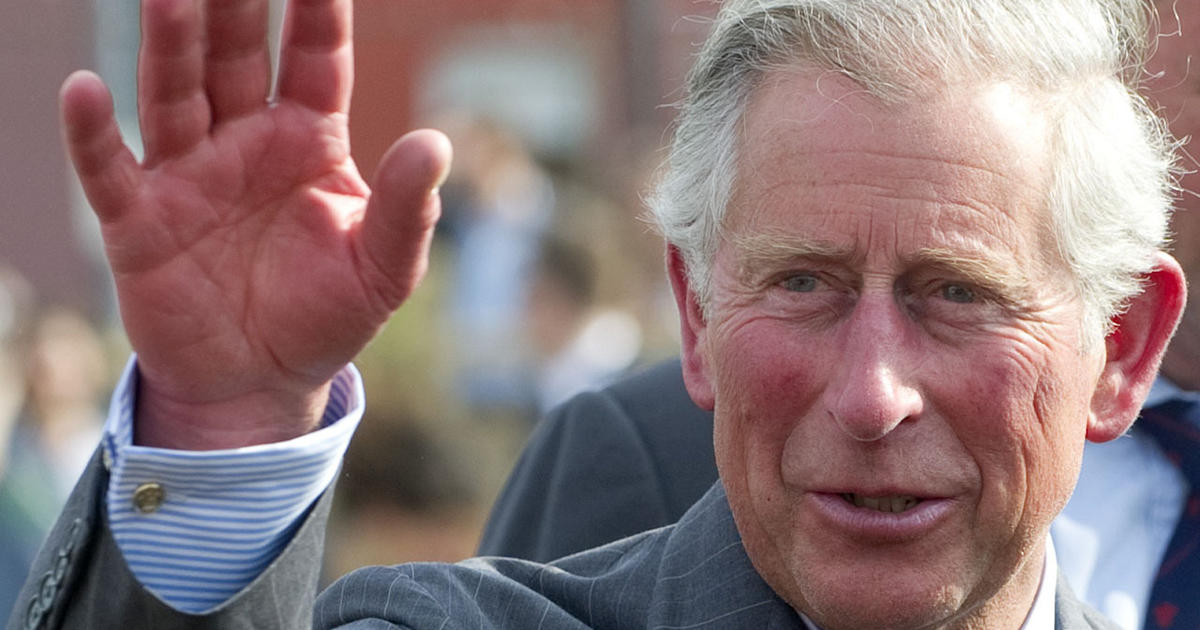 Under the vaulted ceiling of fourteen meters, near the royal throne, draped in embroidered purple and gold velvet, stood a simple cradle. The baby was placed in it, wrapped in white blankets and presented to the court of his grandfather, King George VI. “The head looks like it’s molded from plasticine,” said Major Thomas Harvey, personal secretary to the boy’s grandmother, Queen Elizabeth. “Poor thing: he didn’t have time to be born, and everyone is already looking at him.”
Under the vaulted ceiling of fourteen meters, near the royal throne, draped in embroidered purple and gold velvet, stood a simple cradle. The baby was placed in it, wrapped in white blankets and presented to the court of his grandfather, King George VI. “The head looks like it’s molded from plasticine,” said Major Thomas Harvey, personal secretary to the boy’s grandmother, Queen Elizabeth. “Poor thing: he didn’t have time to be born, and everyone is already looking at him.”
In Balmoral, 1953.
From birth, great hopes were placed on Charles, everyone's attention was riveted to him every minute. His mother had ten relatively carefree childhood years. It wasn't until 1936, when her father suddenly assumed the throne following the abdication of his older brother, King Edward VIII, that Princess Elizabeth realized what it meant to be first in line to the British throne.
In December 1948, at the age of four weeks, the boy was baptized under the dome of the Musical Drawing Room at Buckingham Palace.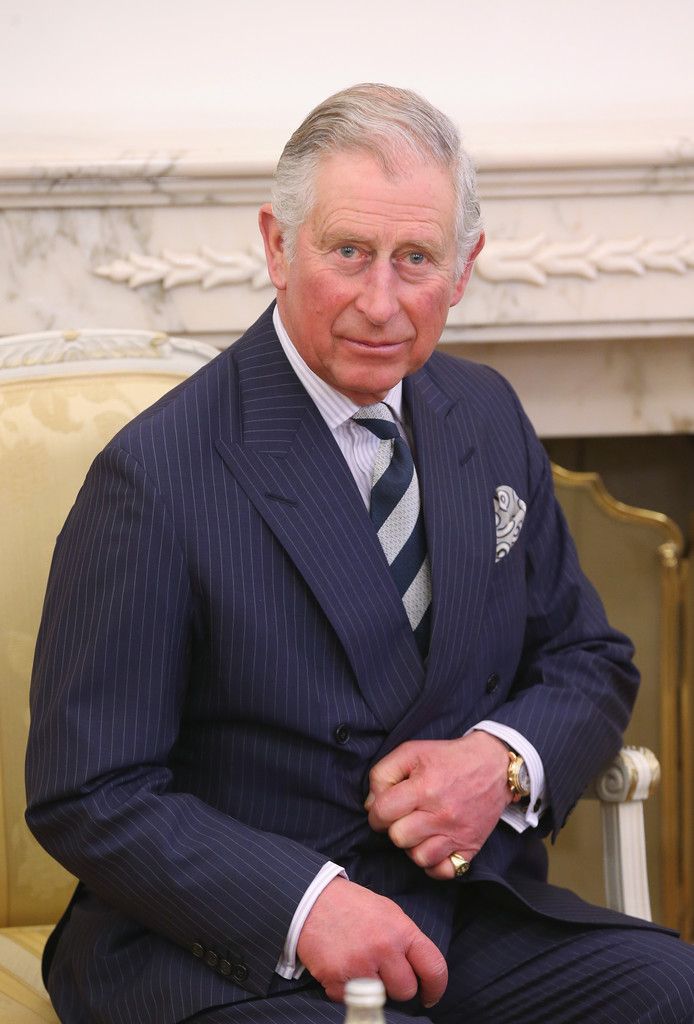 The Archbishop of Canterbury dipped the crumb into the silver and gilded Lily Font, filled with water from the Jordan River. The font was invented by Prince Albert, husband of Queen Victoria, and was used at the christenings of all their children. Elizabeth, who adored her firstborn, breastfed him herself and stopped only when she caught measles (Charles was two months old). However, on October 19On the 49th, the Prince's father, Philip the Duke of Edinburgh, an officer in the Royal Navy, was assigned to Malta. Having celebrated her son's first birthday, Elizabeth went abroad after her husband and only occasionally escaped to London to visit the baby.
The Archbishop of Canterbury dipped the crumb into the silver and gilded Lily Font, filled with water from the Jordan River. The font was invented by Prince Albert, husband of Queen Victoria, and was used at the christenings of all their children. Elizabeth, who adored her firstborn, breastfed him herself and stopped only when she caught measles (Charles was two months old). However, on October 19On the 49th, the Prince's father, Philip the Duke of Edinburgh, an officer in the Royal Navy, was assigned to Malta. Having celebrated her son's first birthday, Elizabeth went abroad after her husband and only occasionally escaped to London to visit the baby.
With his grandmother at her Royal Lodge residence, 1954.
The first two years of the boy's life passed by his father. After completing his service, Philip found time to teach Charles how to swim in the pool at Buckingham Palace. After breaking up with Princess Diana at 19In 1992, Charles frankly spoke about his unhappy childhood to the writer and historian Jonathan Dimbleby, who was then working on the official biography of the prince.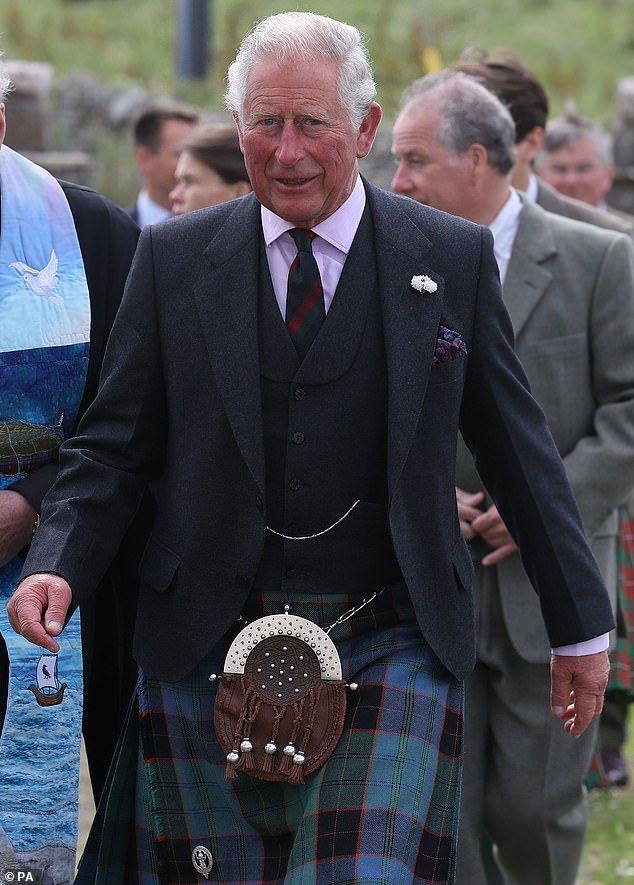 As a boy, Charles was "overwhelmed by the strength of his father's personality," the book said. Dad's reproaches and criticism "brought him to tears." Philip, showing rigidity in raising his son, "wanted good, but was completely devoid of imagination." Friends of the prince, with whom the biographer managed to talk (with the permission of Charles), said that he had to endure "humiliation" and even "mockery" from Philip. Charles also recalled his relationship with his mother without much tenderness: she was "not that indifferent - rather detached."
As a boy, Charles was "overwhelmed by the strength of his father's personality," the book said. Dad's reproaches and criticism "brought him to tears." Philip, showing rigidity in raising his son, "wanted good, but was completely devoid of imagination." Friends of the prince, with whom the biographer managed to talk (with the permission of Charles), said that he had to endure "humiliation" and even "mockery" from Philip. Charles also recalled his relationship with his mother without much tenderness: she was "not that indifferent - rather detached."
When he came down with the flu at school, his mother didn't come to visit him. Sent a letter.
Twenty years later, in 2012, Charles tried to make amends in a television documentary on the sixtieth anniversary of the reign of Elizabeth II. Home videos showed pictures of a cloudless childhood at Sandringham Palace in Norfolk and Balmoral Castle in Scotland. Here Prince Philip hardly balances on a tricycle and does not at all look like a ferocious martinet.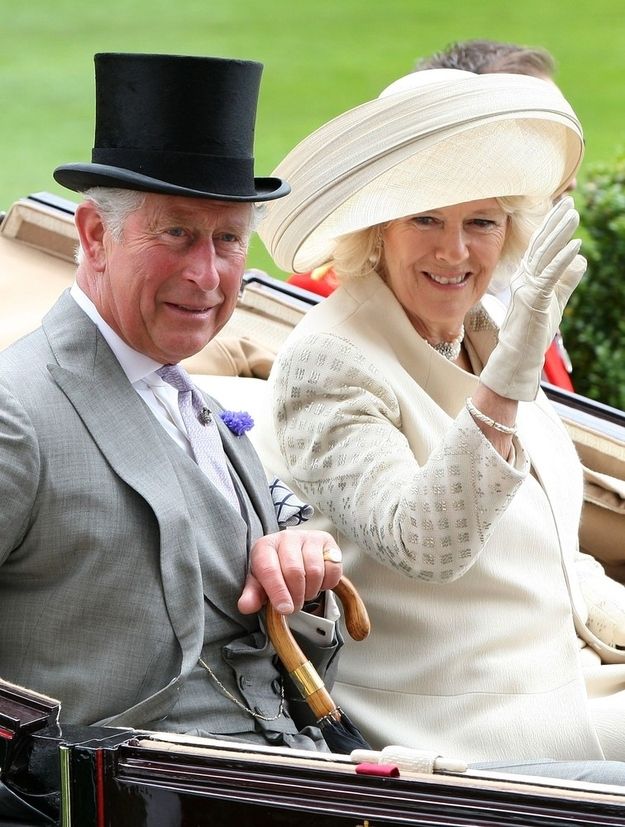 Or the queen is having fun with her children - what aloofness there is!
Or the queen is having fun with her children - what aloofness there is!
Charles has always been a sensitive child. One day at lunch in Broadlands, the Southampton estate of Prince Philip's uncle, Earl Louis Mountbatten, the last Viceroy of India, guests were served wild strawberries. Eight-year-old Charles began to carefully remove the stalks from the berries lying on his plate. “Do not tear off the petioles,” advised the hostess of the house, Lady Edwina Mountbatten. “You can take them and dip the berries in sugar.” As her daughter, Charles's cousin Pamela Hicks, recalled, "The poor child began to try to reattach the petioles. It was so sad and so characteristic of him.”
Prince Charles with his grandmother, the Queen Mother Elizabeth, and aunt, Princess Margaret, at Buckingham Palace, 1957.
Noticing such traits in his son, the Duke of Edinburgh worried that he would grow up weak and too vulnerable. And so I tried to temper his character. When Charles was twenty, he told in an interview that his father was a supporter of strict discipline.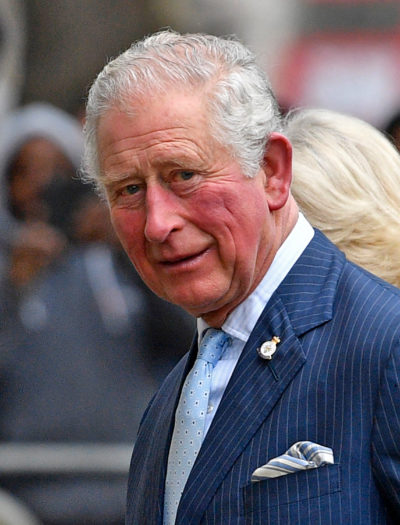 The journalist asked what it was expressed in. Did dad ever say, "Sit down and shut up"? Charles answered without hesitation, "All the time."
The journalist asked what it was expressed in. Did dad ever say, "Sit down and shut up"? Charles answered without hesitation, "All the time."
Prince Philip was simply unable to resist remarks (this trait of his has long been a part of the modern history of the British royal court, a favorite food of tabloids and a constant source of Internet memes). He also teased his daughter Anna. But the princess, unlike her older brother, an extrovert, did not let this go.
When Elizabeth ascended the throne, she had even less time for children. In making decisions on family matters, she relied more on her husband. Parents were also in no hurry to show affection for children in public. May 19On the 54th, the Queen and Prince Philip returned from a nearly six-month trip to the Commonwealth countries - and greeted five-year-old Charles and three-year-old Anne with handshakes. Martin Charteris, at the time Queen Elizabeth II's assistant private secretary, once said that Charles "appears to have no idea what a normal mother-son relationship is.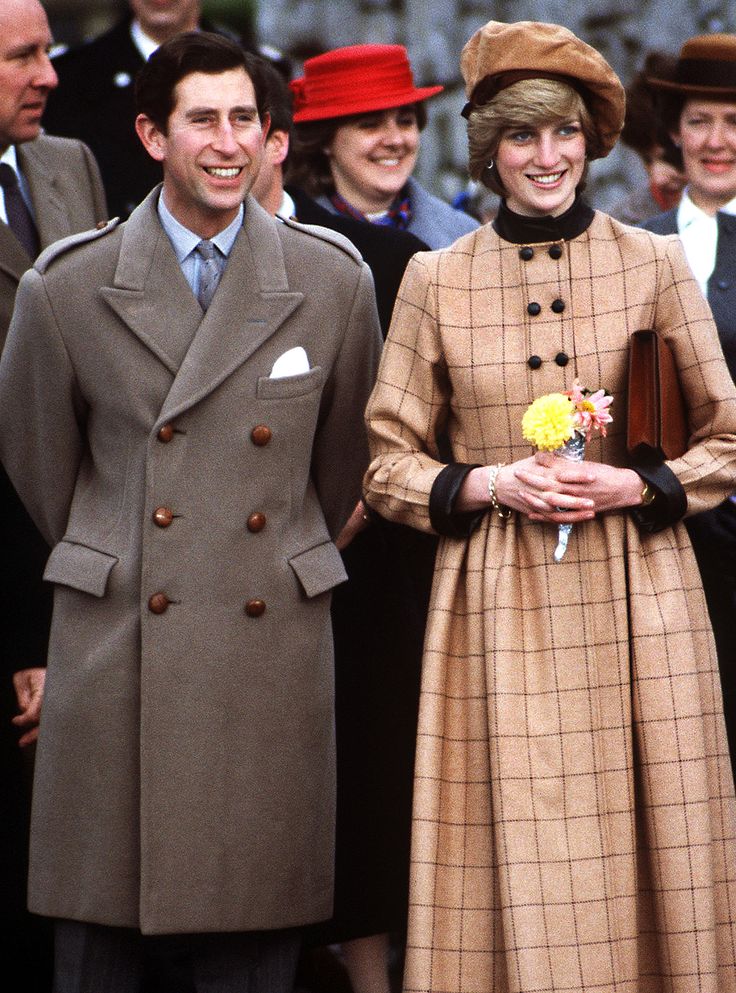 "
"
But the grandmother, Queen Mother Elizabeth, spoiled her grandson. When his parents were away, he often stayed at Royal Lodge, the residence of the Queen Mother in Windsor Great Park. From the age of two he played with tubes of lipstick, sitting on her bed, from the age of five he played on a farm in Home Park. The grandmother opened the boy to the world of music and art, to which, as it seemed to Charles, his parents were quite indifferent. “My grandmother taught me to look at things from my own point of view,” the prince later said.
With Corgi Sugar in Windsor, 1950s.
The queen mother did not skimp on hugs, which her grandson so lacked. In every possible way she encouraged softness and kindness in him, praised him when he shared sweets with other children or took the weakest children into his team during the games. “Her care meant a lot to him,” said the Queen Mother’s lady-in-waiting, Dame Frances Campbell-Preston, who spent many years in her retinue. But the good intentions of his beloved grandmother only fed one of his most striking traits in the young prince - the tendency to feel sorry for himself. He grew up as a whiner.
He grew up as a whiner.
Boys like Charles were tied up by high school students and put under ice showers.
The heir's primary home education was handled by Katherine Peebles, his governess, nicknamed Mispie, a native of Glasgow. Mispi felt sorry for the boy, who shied away at the slightest increase in his voice, craved approval and therefore diligently pored over his lessons, but was easily distracted and often hovering in the clouds. “He is too small to think so much,” said Winston Churchill, catching a glimpse of Charles when he was not even four. The prince's favorite book, which largely shaped his sense of humor, was Hilaire Belloc's Fairy Tales, a collection of humorous poems about the consequences of bad behavior.
However, by the age of eight, the Queen and Prince Philip decided to send their son to school so that he could interact with the children. So Charles became the first of the heirs to the British throne, who received an education outside the palace.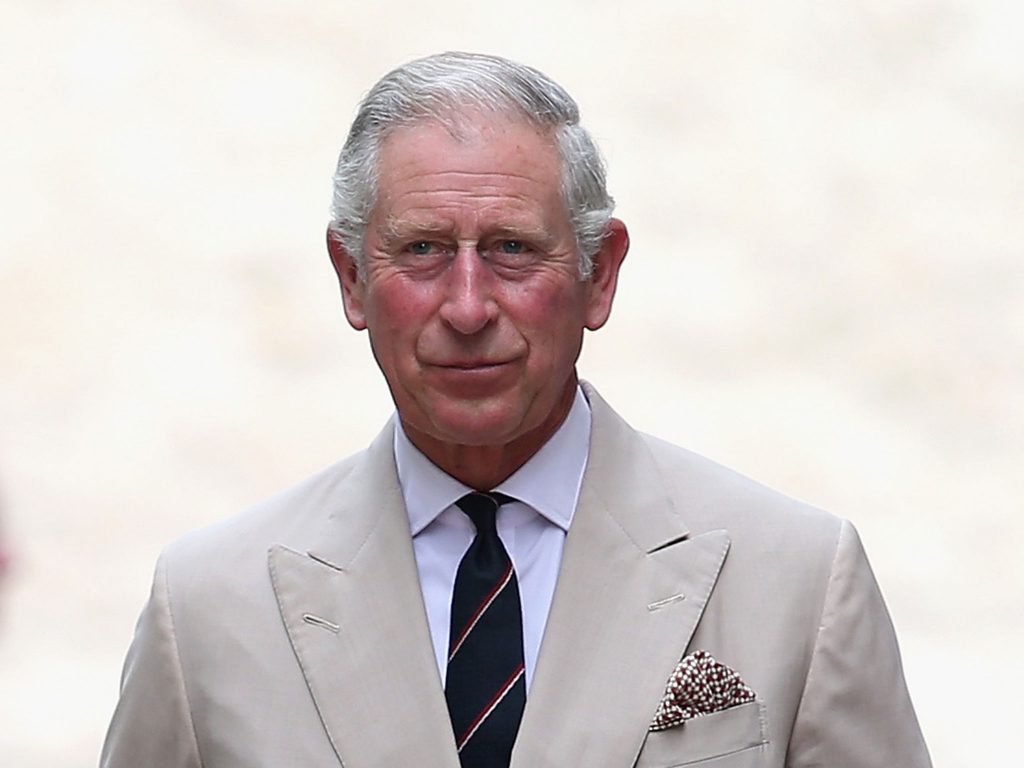 He attended Hill House Day School in Knightsbridge, traveled like other children on the bus, cleaned the classrooms with everyone, but did not immediately join the boyish company. A newsreel of a sports festival at the school, filmed in the spring of 1957, a few weeks after the prince entered it, has been preserved: the boy solemnly introduces his parents to his classmates, they bow in a disciplined manner.
He attended Hill House Day School in Knightsbridge, traveled like other children on the bus, cleaned the classrooms with everyone, but did not immediately join the boyish company. A newsreel of a sports festival at the school, filmed in the spring of 1957, a few weeks after the prince entered it, has been preserved: the boy solemnly introduces his parents to his classmates, they bow in a disciplined manner.
Charles was easy to read and write, but math was more difficult. His first report card noted that "he loves to draw" and also praised his musical ability. But six months later, the father transferred the prince to the Cheem School in Hampshire, where he himself studied. This institution, although it was founded in 1645, was considered advanced, unlike other pensions, they sought to avoid the spirit of elitism. Charles was almost nine, but he was much more vulnerable than his father at his age. The child was homesick, often furtively crying in an embrace with his beloved teddy bear. “I always preferred loneliness or communication with someone one on one,” he later recalled. The heir to the crown became a favorite target for classmates: they did not miss the opportunity to laugh at his protruding ears, called him a fat man.
“I always preferred loneliness or communication with someone one on one,” he later recalled. The heir to the crown became a favorite target for classmates: they did not miss the opportunity to laugh at his protruding ears, called him a fat man.
Gordonstoun School
Charles kept his life strict, such as writing home weekly (and a lifelong love of writing letters). He withstood with honor the floggings that were accepted in those days and which the school principals assigned him for violating the rules. “I am one of those who are affected by corporal punishment,” the prince said bitterly, having matured.
As a child, he was rather sickly and suffered from chronic sinusitis. In May 1957, he had his tonsils removed. Later that year, he fell ill at school with the flu - his parents did not come to visit him (both were vaccinated, so they could not be afraid to catch the infection). Instead, before leaving for a royal visit to Canada, his mother sent him a letter. When Charles contracted measles at age twelve, the Queen and Prince Philip were also away, this time in India.
With his father, Prince Philip, in Windsor Great Park, 1965.
Slow, poorly coordinated, chubby, the prince had no talent for rugby, cricket, or football, the most prestigious sports among English schoolchildren sports. During the holidays, he tried to play cricket with the boys who lived in the vicinity of Balmoral. “Each time,” Charles recalled, “I resolutely went out to crisis 0062 only to fly out in disgrace a few minutes later. Mom taught Charles to ride from the age of four. But unlike the brave younger sister Anna, the boy was timid and was most afraid of jumping over obstacles.
The relatives knew that Chim Charles was lonely and unhappy at school. In a letter to Prime Minister Anthony Eden in early 1958, the Queen wrote: "Charles is already trembling with fear of returning to school next week - the second term will probably be much worse." According to a biography of Charles written by Dermot Morra and endorsed by the royal family, Elizabeth believed that her son had "developmental delay".
Walking with classmates and a classy lady in London, 1957.
Shortly before his twenty-first birthday, Charles was asked to remember how he first realized that he should inherit the throne. “I would say,” Charles replied, “what you feel: something inevitable is approaching ... Gradually you realize that you must fulfill a certain duty, take responsibility.” In the summer of 1958, he experienced a shock. I watched the closing ceremony of the Commonwealth Games in Cardiff with my classmates on TV. And suddenly he heard how, in her solemn speech, his mother called him the Prince of Wales (this was how it was publicly announced that he, as heir to the throne, had been granted this title). A terrible moment for a timid nine-year-old boy who desperately wants to be seen as a normal kid and the last thing he needs is one more title to six!
The most important experience that Charles learned from the Chim school was the ability to feel at ease on stage (a useful skill for a public person). In preparation for the lead role in a school play about the life of Richard III, he spent hours listening to recordings of Laurence Olivier playing Shakespeare's hunchback king. The production was shown in November 1961, and again the parents were abroad (now in Ghana). The queen mother and princess Anna watched as the heir to the throne portrayed the king, famous for his ugliness. “A repulsive creature hobbled onto the stage,” wrote the Queen Mother to Elizabeth, “with a twisted mouth and a disgusting grin. To my horror, I recognized him as my beloved grandson!” “He played his part very well,” Grandmother added. “The character is truly disgusting.”
In preparation for the lead role in a school play about the life of Richard III, he spent hours listening to recordings of Laurence Olivier playing Shakespeare's hunchback king. The production was shown in November 1961, and again the parents were abroad (now in Ghana). The queen mother and princess Anna watched as the heir to the throne portrayed the king, famous for his ugliness. “A repulsive creature hobbled onto the stage,” wrote the Queen Mother to Elizabeth, “with a twisted mouth and a disgusting grin. To my horror, I recognized him as my beloved grandson!” “He played his part very well,” Grandmother added. “The character is truly disgusting.”
In the five years he spent at Chim School, Charles didn't really make friends with anyone. The Queen Mother demanded that the parents give their first child to Eton, which is located near Windsor Castle. She knew that her brother-in-law insisted that Charles continue his education at his alma mater, Gordonstoun School in northeastern Scotland. In May 1961, in a letter to Elizabeth, the Queen Mother described Eton as "the ideal place ... for his character and temperament." Sending Charles to Gordonstoun is "like exiling him to study abroad." The children of the Queen's own friends, the grandmother rightly emphasized, were studying at Eton. But the Duke of Edinburgh bent his line: a tough upbringing is needed, and Gordonstoun is the best place for a weak boy. The queen sided with her husband, and Charles's fate was sealed.
In May 1961, in a letter to Elizabeth, the Queen Mother described Eton as "the ideal place ... for his character and temperament." Sending Charles to Gordonstoun is "like exiling him to study abroad." The children of the Queen's own friends, the grandmother rightly emphasized, were studying at Eton. But the Duke of Edinburgh bent his line: a tough upbringing is needed, and Gordonstoun is the best place for a weak boy. The queen sided with her husband, and Charles's fate was sealed.
Elizabeth did not go with Philip when he took his son to Gordonstoun in May 1962. The duke, who had a pilot's license, himself sat at the helm and delivered the child to the Royal Air Force base, and then drove to the Gaelic Tmutarakan by car. The school occupies the former estate of the 17th century Scottish politician Sir Robert Gordon. In the center of the campus is a giant gray stone building (former stables). It is built in the shape of a circle - according to legend, Sir Robert did not want demons to settle in the corners.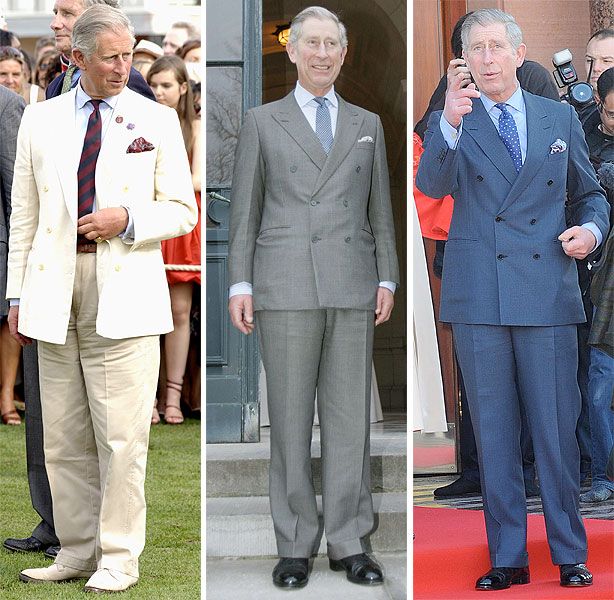 Gordonstoun students lived in seven prefabricated wooden buildings, former Air Force barracks. The prince, along with thirteen other young men, was assigned to the Miller's House. Thus began the trials, which Charles called nothing more than "imprisonment."
Gordonstoun students lived in seven prefabricated wooden buildings, former Air Force barracks. The prince, along with thirteen other young men, was assigned to the Miller's House. Thus began the trials, which Charles called nothing more than "imprisonment."
The school's founder, Kurt Hahn, was a progressive educator who received a Cecil Rhodes Scholarship at Oxford and ran a school in southern Germany. But after Hitler came to power, the Jewish Khan had to flee. He opened the Gordonstone School in 1934, among the first students was the Prince of Greece and Philip of Denmark, the future Duke of Edinburgh. The motto of the school was: "You can do more."
Khan sought to develop not only the intellect, but also the personal qualities of students. He was an ardent supporter of the idealism of Plato, who believed that the world would not get rid of evils "until philosophers reign in the states or the so-called current kings and lords begin to philosophize nobly and thoroughly.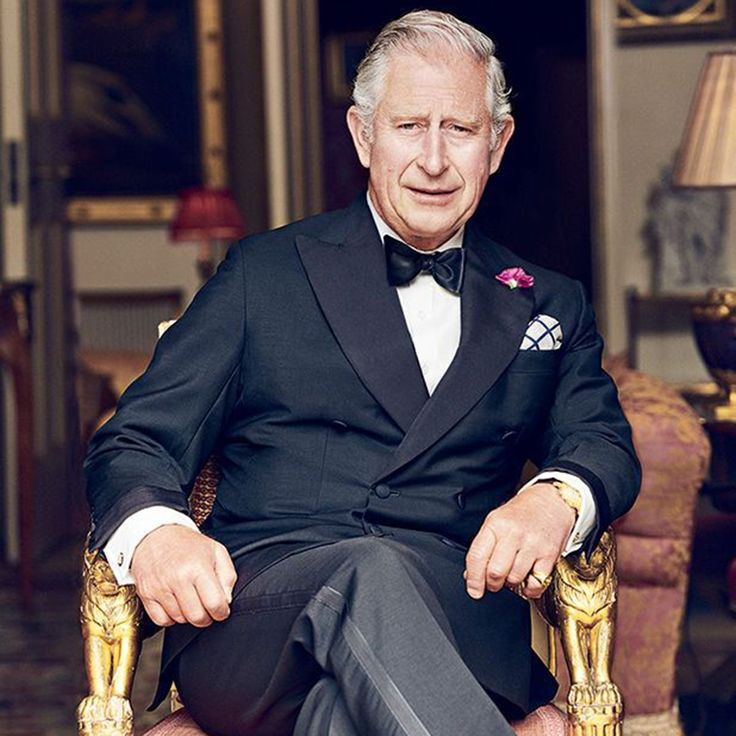 " Reflecting on his future accession to the throne, Charles imagined himself to be just such a monarch-philosopher, introducing his subjects to his progressive views.
" Reflecting on his future accession to the throne, Charles imagined himself to be just such a monarch-philosopher, introducing his subjects to his progressive views.
It has always been believed in Gordonstoun that a healthy mind is possible only in a healthy body. So the bodies of the students here were trained around the clock. All year round they had to wear short trousers. In the bedrooms - by the way, gloomy - the windows were constantly open. The day started with a jog before breakfast, followed by an ice cold shower. “An unforgettable experience, especially in winter,” recalled Charles’s classmate Somerset Waters. Nevertheless, the prince was so accustomed to this regime that, even after graduating from school, he continued to take cold showers in the morning - in addition to the hot bath that his valet prepared for him.
Gordonstoun's founding director dreamed of creating an egalitarian society in which "the sons of those in power would be freed from the shackles of privilege. " Prince Philip, while studying at school, fully embraced these ideals. Thanks to his strong character, he felt at home in the Spartan school. In addition, Philip was an excellent athlete, became the captain of the cricket and hockey teams. Charles did not get either his father's love of life and temperament, or the dexterity and strength to win the respect of his peers. In addition, the Greek prince was at the Scottish school almost equal to his peers. Not like the heir to the British throne - Charles from the very first day was an ideal object for bullying from classmates. “And bullying in Gordonstoun was almost legalized and very tough,” said another classmate of the prince, John Stonborough.
" Prince Philip, while studying at school, fully embraced these ideals. Thanks to his strong character, he felt at home in the Spartan school. In addition, Philip was an excellent athlete, became the captain of the cricket and hockey teams. Charles did not get either his father's love of life and temperament, or the dexterity and strength to win the respect of his peers. In addition, the Greek prince was at the Scottish school almost equal to his peers. Not like the heir to the British throne - Charles from the very first day was an ideal object for bullying from classmates. “And bullying in Gordonstoun was almost legalized and very tough,” said another classmate of the prince, John Stonborough.
The tutor at the Miller's House, where Charles lived, was Robert Whitby, a "disgusting fellow" according to John Stonborough. “Angry, do not feed bread - let someone mock. If he didn't like someone, he would kill him. Worst mentor for Charles imaginable." Like other educators, Whitby delegated the management of the hostel to high school students.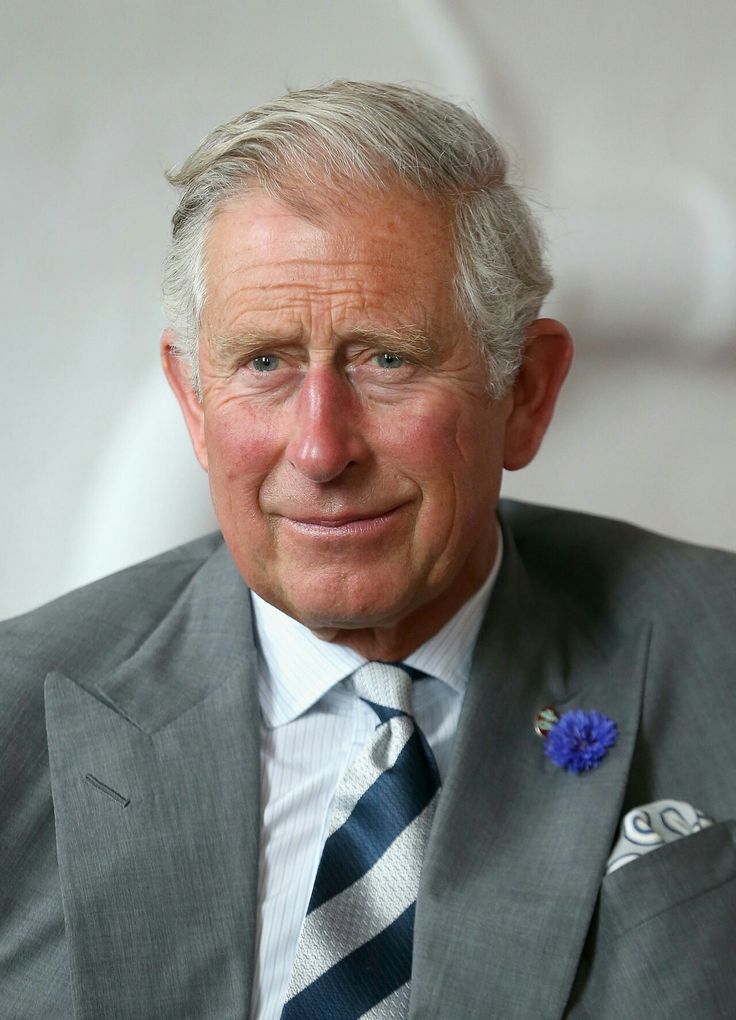 They were hazing. In the course were humiliating rituals, psychological and physical bullying. For example, a boy could be tied up, put in a basket of dirty laundry and put under a cold shower. Almost none of the dormitory neighbors dared to walk with Charles to lessons or to the dining room - those who tried to make friends with the prince were teased by making smacking sounds. Many years later, Charles complained with undisguised bitterness that people had shied away from him since his school days, “because they don’t want to be considered a sucker.”
They were hazing. In the course were humiliating rituals, psychological and physical bullying. For example, a boy could be tied up, put in a basket of dirty laundry and put under a cold shower. Almost none of the dormitory neighbors dared to walk with Charles to lessons or to the dining room - those who tried to make friends with the prince were teased by making smacking sounds. Many years later, Charles complained with undisguised bitterness that people had shied away from him since his school days, “because they don’t want to be considered a sucker.”
Like at Chim's school, at Gordonstoun he was teased for having big ears. His great-uncle, Earl Mountbatten, even tried to persuade the Queen and Prince Philip to give the boy plastic surgery. During school rugby matches, Charles got cuffs almost equally from both opposing players and teammates. “I never saw him react in any way,” recalls John Stonborough. He endured everything stoically. Never gave up." At night in the hostel, the tormentors arranged a dark room for him. Charles told about this in letters to friends and family.
Charles told about this in letters to friends and family.
An outlet was with Captain Ian Tennant and his wife, Lady Margaret, who lived near the school. Lady Margaret was the sister of David Ogilvie, a childhood friend of Elizabeth II and son of the Earl of Airlie. And Tennant was the royal Lord Lieutenant of the Scottish region of Maury and President of Gordonstoun, so he had the authority to allow students to be absent from campus on weekends. The heir to the throne, visiting their house, could at least “cry,” in the words of Sir Malcolm Ross, long-term royal equerry and former palace housekeeper to Prince Charles. “Ian and Margie saved him from the uttermost despair,” confirms David’s wife Ogilvy Virginia.
The king's bodyguard Donald Green was also a mainstay of Charles. At that time, he became for the boy the personification of the ideal image of his father. Greene was six feet tall, dressed well, drove a Land Rover, and looked almost like James Bond to the boys. Greene was Charles's only friend at school, although even he could not save the prince from nightly executions in the hostel. This friendship left its mark in the life of Charles: all his life he was looking for communication and easily converged with people older than himself.
This friendship left its mark in the life of Charles: all his life he was looking for communication and easily converged with people older than himself.
June 19On the 63rd, in his second year, Charles set sail on the school sailboat Pinta for the Isle of Lewis. In a village in Stornoway Bay, the boys were taken to a pub where the fourteen-year-old prince ordered cherry liqueur. “It was the first alcoholic drink that came to my mind,” Charles later recalled. “I used to drink it before, when it was cold, hunting.” Charles had no idea that a tabloid reporter was in the vicinity. The fact that the underage prince is drinking was immediately trumpeted by the tabloids. “It was as if the whole world had exploded in my ear,” Charles said. Don Green was fired from his service, and Charles was left without his only ally in Gordonstoune. The boy was crushed. “I never could forgive them for this,” the prince admitted many years later. “It was the end of the world for me.”
An article that the underage prince was seen drinking, after which his bodyguard was fired.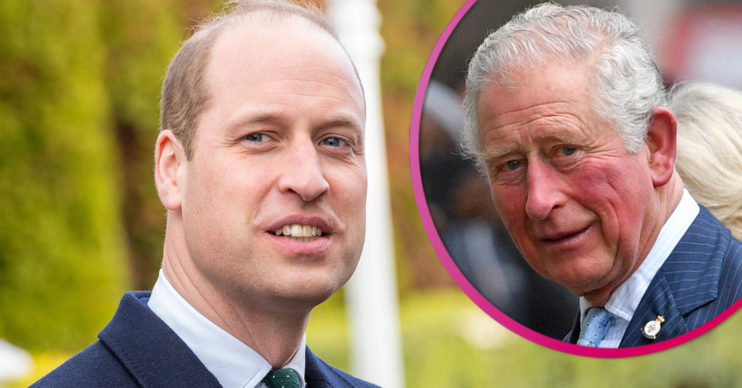
Charles did not shine in his studies - except for oratory. But with pleasure I was engaged in an art class. It was led by a good-natured, slightly decadent teacher in his early twenties named Robert Waddell. The prince was more interested in pottery than painting. Classical music was also a balm for his soul. One day, his grandmother, the Queen Mother, took him to a concert by the cellist Jacqueline du Pre, and the fourteen-year-old prince fell in love with this instrument. “He had such a deep, rich sound,” Charles recalled. “I have never heard anything like it.”
“A terrible creature crawled out onto the stage. In him I recognized my beloved grandson.”
In Gordonstoun, Charles's nascent interest in Shakespeare was almost ruined - schoolchildren were so diligently forced to study for tests on "Julius Caesar" that they almost hated the great bard. But in 1964, a new literature teacher, Eric Anderson, appeared at the school. Like art teacher Waddell, he was not yet thirty. Anderson involved the prince in staging Shakespeare's plays. On November 19On the 65th, Charles played the title role in Macbeth. According to the teacher, Prince Macbeth turned out to be "a restless soul, a man acting contrary to his nature under the pressure of external forces." Charles was looking forward to the arrival of his parents to the play. They came. But all that he heard on stage, playing the tragedy, "was his father's" ha-ha-ha "in the hall," the prince wrote later in a letter. "Why did you laugh?" he asked Philip after the performance. He, as always, answered honestly: “It was so similar to The Goon (a BBC comedy show. - Approx. Tatler) ".
Anderson involved the prince in staging Shakespeare's plays. On November 19On the 65th, Charles played the title role in Macbeth. According to the teacher, Prince Macbeth turned out to be "a restless soul, a man acting contrary to his nature under the pressure of external forces." Charles was looking forward to the arrival of his parents to the play. They came. But all that he heard on stage, playing the tragedy, "was his father's" ha-ha-ha "in the hall," the prince wrote later in a letter. "Why did you laugh?" he asked Philip after the performance. He, as always, answered honestly: “It was so similar to The Goon (a BBC comedy show. - Approx. Tatler) ".
In the title role in the play "Macbeth" at Gordonstone School, 1965.
The son disappointed his father in team sports as well. But the prince excelled in fishing and shooting. At thirteen, Charles shot his first deer in the vicinity of Balmoral and, tempering his own spirit, watched the servants butcher the carcass. In 1961, imitating his father, he took up polo. “I was on fire with enthusiasm. At least you stay on the ground,” said Charles, a small fan of fox hunting, during which the hunters have to jump over obstacles. K 19On the 64th, Charles became seriously interested in polo. That year, he began to participate with Prince Philip in the games of the army sports club founded by his father, the Household Brigade Polo Club in Windsor Great Park. Philip was still picky, but nevertheless remained an idol for Charles. The young prince imitated his father in everything - when walking, he also laid his hand behind his back, saying something, poked at people with his right index finger like a father, deliberately tugged, like dad, precisely his left sleeve.
In 1961, imitating his father, he took up polo. “I was on fire with enthusiasm. At least you stay on the ground,” said Charles, a small fan of fox hunting, during which the hunters have to jump over obstacles. K 19On the 64th, Charles became seriously interested in polo. That year, he began to participate with Prince Philip in the games of the army sports club founded by his father, the Household Brigade Polo Club in Windsor Great Park. Philip was still picky, but nevertheless remained an idol for Charles. The young prince imitated his father in everything - when walking, he also laid his hand behind his back, saying something, poked at people with his right index finger like a father, deliberately tugged, like dad, precisely his left sleeve.
When Charles was seventeen, Philip, striving at all costs to temper his son's character, made an unexpected decision - he sent him for two semesters to the Geelong Anglican School in the outback of the Australian state of Victoria. Apart from a trip to Libya on the Britannia at the age of five, this was Charles' first trip outside of Europe.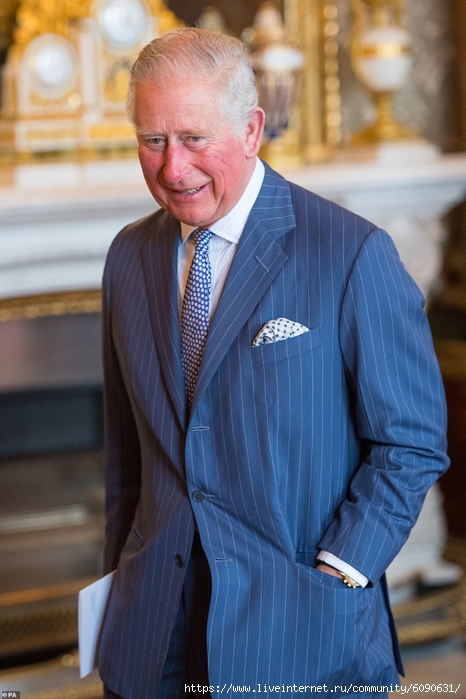
Philip appointed his equerry David Checketts as the Prince's tutor during his stay in Australia. Unlike other courtiers, the thirty-six-year-old Checketts came from the middle class. He graduated from public school, served in the Royal Air Force. His simple manners did their job: in the company of Checketts, the notorious prince felt more confident. Charles and Checketts arrived in Australia in early February 1966. They were met by a crowd of reporters and photographers - about three hundred people, or even more. Charles gritted his teeth and endured.
In Bondi Beach, Australia, 1966.
On campus, the prince was carefully matched with a roommate in the dormitory - the school prefect. In Australia, the prince was liberated: there was no "aristocracy and the like." For the first time in his life, he was perceived as he is, without regard to titles. Students and teachers treated him like an ordinary guy, and, to his own surprise, the prince almost did not miss home. Harassment, as in Gordonstoune, was not in sight. Charles was only mildly teased by pommies (as the English are called in Australia).
Harassment, as in Gordonstoune, was not in sight. Charles was only mildly teased by pommies (as the English are called in Australia).
At the heart of the school was physical training, and Charles suddenly began to succeed. In the sweltering heat, he withstood a hike across rough terrain: he covered one hundred and twenty kilometers in three days, conquered five mountain peaks along the way, and froze at night in a sleeping bag. He proudly described his achievements in letters home. In the campaign he came across snakes, bulldog ants, leeches and water spiders. Along with other students, the prince chopped wood, cleaned garbage, cleaned fly traps, those "insect-infested disgusting glass bowls with rotten meat." The physical hardships of the campaign were far greater than at Gordonstoun, “but for character development it was just wonderful,” wrote Charles. “I liked it, I learned a lot.” Finally, the conditions appeared to prove to the father: he is no weakling. And the prince proved it.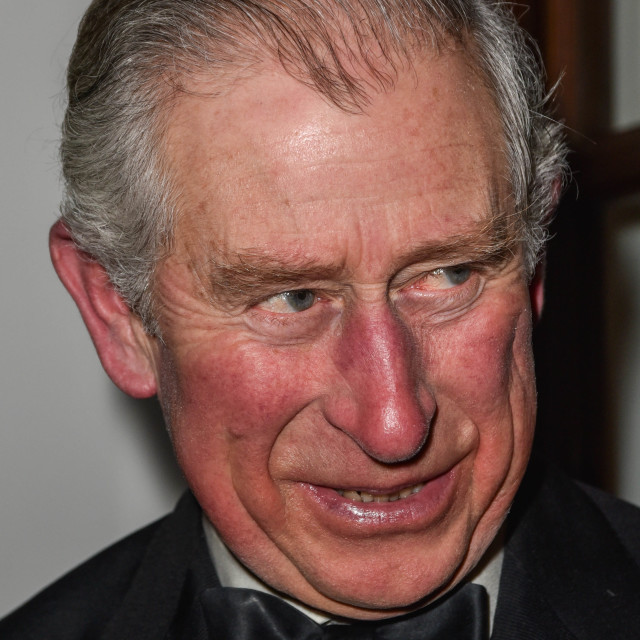
On weekends, Charles lived with the David Checketts family on a farm that his father's equerry rented near the town of Lilydale. He fished with gusto, helped David's wife in the kitchen, played with their three children, watched TV in pajamas. He also honed his gift for imitating other people's voices: he parodied his favorite comedians from the radio program The Goon Show, which, to his great regret, ceased to be broadcast in 1960. Charles adored their frankly goofy jokes, quintessentially English humor. Years later, the ability to see the absurdity of what is happening and laugh at it will serve as an outlet for the prince, burdened by his surroundings.
Six months in Australia were wonderful. “First of all, because they were strikingly different from everything that he had to endure in Gordonstoune,” says one of the prince’s advisers. Among other things, Charles in Australia participated in almost fifty official events - for the first time as an independent figure - and showed himself very worthily. “I dived into the crowd like a pool and spoke to them,” he recalled. “Suddenly, something opened up in me - it became much easier for me to communicate with people.” The Australians, in turn, saw in the prince “a friendly, intelligent, spontaneous guy with a great sense of humor, who faces far from simple tasks in life,” recalls Geelong school principal Thomas Garnett. When on July 19On the 66th, the heir to the British throne was leaving home, schoolmates said goodbye to him with a slogan: “Triple cheers for Prince Charles - remember the real dude!”
“I dived into the crowd like a pool and spoke to them,” he recalled. “Suddenly, something opened up in me - it became much easier for me to communicate with people.” The Australians, in turn, saw in the prince “a friendly, intelligent, spontaneous guy with a great sense of humor, who faces far from simple tasks in life,” recalls Geelong school principal Thomas Garnett. When on July 19On the 66th, the heir to the British throne was leaving home, schoolmates said goodbye to him with a slogan: “Triple cheers for Prince Charles - remember the real dude!”
Charles spent the summer at Balmoral, and in the fall of 1966 he returned to Gordonstoun for his senior year. Director Robert Chu appointed him head boy. Among other privileges, the head girl was entitled to her own bedroom in an apartment reserved for the same head of the art class, Robert Waddell, who ignited Charles's passion for art. “Waddell liked to gossip, was a bit of a snob and looked at life like a Victorian matron,” recalls the Prince’s second cousin and godson Timothy Knutchbull, who later also studied at Gordonstoune.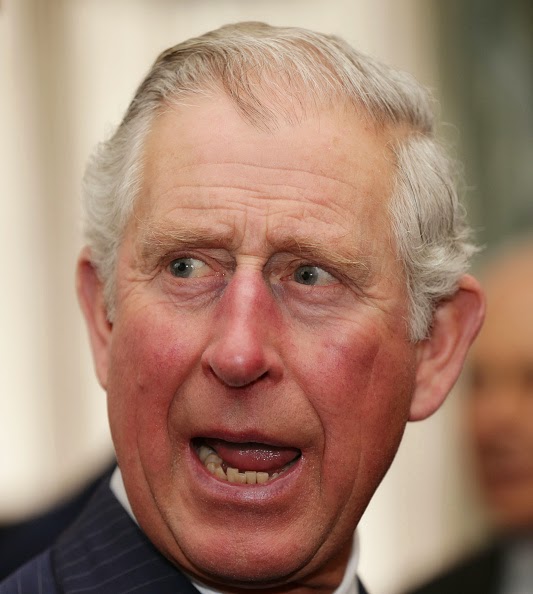 “It was the good spirit of the school, the opposite of martinet teachers.” After graduating from school, Charles continued to be friends only with Waddell and with literature teacher Eric Anderson.
“It was the good spirit of the school, the opposite of martinet teachers.” After graduating from school, Charles continued to be friends only with Waddell and with literature teacher Eric Anderson.
At the end of July 1967, Charles left with his parents for Balmoral, where he obediently told them that Gordonstone had taught him self-control and self-discipline, and "ordered" his life. Although the barracks school actually broke him. Impeccably brought up, aware of his duty, matured Charles nevertheless remained unsociable and emotionally immature. Oddly enough, the Queen and Prince Philip admitted that the Gordonstoun experiment did not live up to their expectations and Charles did not fit in at all. As the official biographer of the royal family, Dermot Morra, wrote in a 1968 in Being King, about Charles's early years, this school forced the prince "to withdraw even deeper into himself." Next year, the prince will turn seventy, he has been waiting for his X-hour for the longest time in history, but he still cannot forget how unhappy he was in childhood. As his cousin Pamela Hicks puts it, "he never left anything behind."
As his cousin Pamela Hicks puts it, "he never left anything behind."
Published abridged from American historian Sally Bedell Smith's Prince Charles: The Passions and Paradoxes of an Improbable Life, published by Random House.
In Queensland, Australia, 1966.
Listen to the Tatler podcast "The Crown Doesn't Press"
Photo: gettyimages.ru; topfoto/fotodom; john frost newspapers;
TagsHeroesPrince Charles
Two Generations, Three Fates: How Princes Charles, William and Harry Looked at 15, 25 and 35 year. From childhood, little Charles was surrounded by high expectations and close attention. He became the heir to the throne at the age of three, but, despite such a privileged origin, his childhood was bleak, lonely and full of resentment and disappointment (at least according to him).
From left to right: The Queen Mother, Prince Charles and Princess Margaret at the coronation of Elizabeth II in 1953
Elizabeth II ascended the throne in 1952, when the boy was only four years old. And since then, Prince Charles has hardly seen his mother: Her Majesty was often and for a long time separated from her son due to trips abroad and performing her royal duties. The Duke would later describe her as "not so much indifferent as aloof". The queen avoided the bodily-physical contact that little Charles so lacked. So, on May 1954 years after half a year of separation, Elizabeth II greeted the five-year-old baby with a dry handshake.
And since then, Prince Charles has hardly seen his mother: Her Majesty was often and for a long time separated from her son due to trips abroad and performing her royal duties. The Duke would later describe her as "not so much indifferent as aloof". The queen avoided the bodily-physical contact that little Charles so lacked. So, on May 1954 years after half a year of separation, Elizabeth II greeted the five-year-old baby with a dry handshake.
Prince Charles with nanny Mabel Anderson
His father, Prince Philip, also had difficulty finding time to communicate with his son. However, their joint pastime was not always pleasant. Prince Charles was the exact opposite of the Duke of Edinburgh, a man of a military nature, stern and strong-willed. The boy grew up quiet, sensitive and vulnerable, which greatly worried his father, who considered excessive softness as vulnerability. That is why Prince Philip raised his son in strictness and discipline, not embarrassed in expressions and criticizing Charles with or without reason.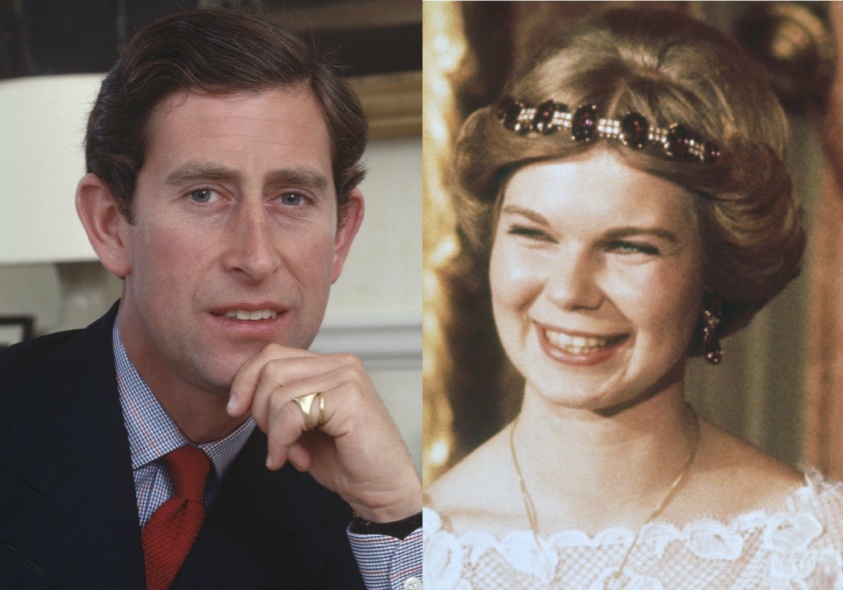
Royal biographer Sally Bedell Smith notes in Prince Charles: The Passions and Paradoxes of an Incredible Life that the harsh criticism had a profound effect on the boy, causing him to withdraw into himself. Desperately trying to please and earn love, Prince Charles took up his dad's favorite team sports (polo, rugby), horse riding, although he was afraid of horses, and even began to walk like a father, with one hand behind his back.
Prince Charles returns to junior school with a broken knee, 1958
At Hill House School, 8-year-old Charles was desperate to make friends, but the future heir to the throne was reluctantly accepted due to his status. Hooligans ridiculed him for his protruding ears and called the chubby child a fat man. He suffered from acute homesickness and often cried in private, clutching his teddy bear in his hands, for which he also got it.
Prison of Privilege
Prince Philip considered Charles frail and pampered, so for the formation of character at 19In 62, he sent his son to the north of Scotland, to his own alma mater, Gordonstoun, a prestigious boarding school located as far as possible from London.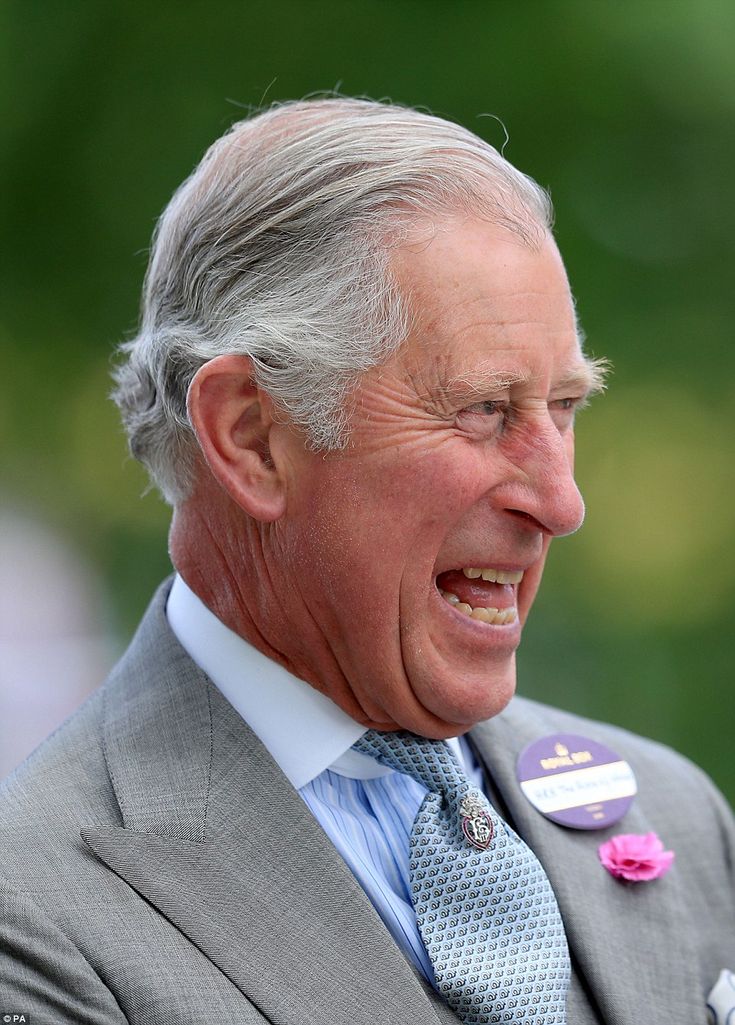 The Duke of Wales celebrated his 15th birthday there in 1963.
The Duke of Wales celebrated his 15th birthday there in 1963.
Prince Charles with his grandmother, the queen mother encouraged interest in music, art and culture. But the father insisted on the decision, explaining that Charles would be safe from the paparazzi in Scotland. Elizabeth II supported the choice of her husband because, while the queen decided the affairs of state, it was the Duke of Edinburgh who was responsible for everything related to the family.
Prince Charles greets the director of Gordonstoun, 1962
Gordonstoun was not just a strict institution, but a real harsh school of life. Every day for the students began with a cold shower and a run in any weather. Children slept on hard bunks, hardening was cultivated, not only of the body, but also of character: hazing from high school students was not stopped in any way. With the appearance of the prince in the school, the rules became even stricter, and the teenagers mercilessly took out their displeasure on poor Charles.
Prince Charles at age 15
He spent most of his studies in complete solitude. Anyone who tried to become his friend or even talk to him was teased with chomping noises, supposedly for sucking up to the future king. On the rugby field, he was the main target. In letters home in 1963, Charles wrote: “I hardly sleep because I snore and I get hit on the head all the time. It's a living hell." In response, he received letters from his father, who urged him to be stronger and more resourceful. The Duke later called studying at Gordonstown a prison sentence.
Queen Elizabeth II and Prince Charles at the investiture ceremony in 1969
Paradise for the athletic and self-confident Philip turned out to be hell for such a delicate and gentle personality as Charles. The benefits provided helped him to endure his studies. So, he spent the weekend at the house of family friends, where he could cry out insults away from the ridicule of classmates. In the last year of his studies, he became interested in the cello and even became the head boy, but he graduated from Gordonstown mediocre.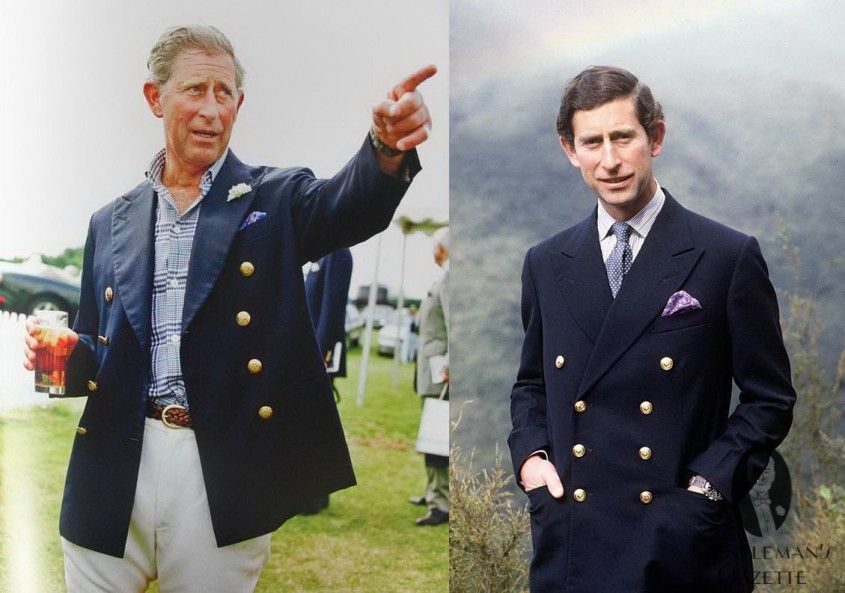 But this did not stop him at 1970 to enter the University of Cambridge, where three generations of Windsors studied before him. There he began to study what he really loved - the history of art.
But this did not stop him at 1970 to enter the University of Cambridge, where three generations of Windsors studied before him. There he began to study what he really loved - the history of art.
Prince Charles with the dean of Trinity College
The intellectual prince
Although Prince Philip insisted that his son should not be given special treatment, the fact that he was generally admitted to the elite Trinity College with a low score spoke of the opposite, as well as an individual curriculum and even a special dorm room. Prince Charles did not conquer academic heights, but was much happier here than in Gordonstown. In Cambridge, he participated in theater productions, continued to play the cello and finally found his favorite sport - polo.
It was at one of these matches in 1970 that 22-year-old Charles first met Camilla Shand. The couple began a stormy romance, which was interrupted in 1971, when the prince left for the army. The Duke of Wales celebrated his 25th birthday in 1973 in military service.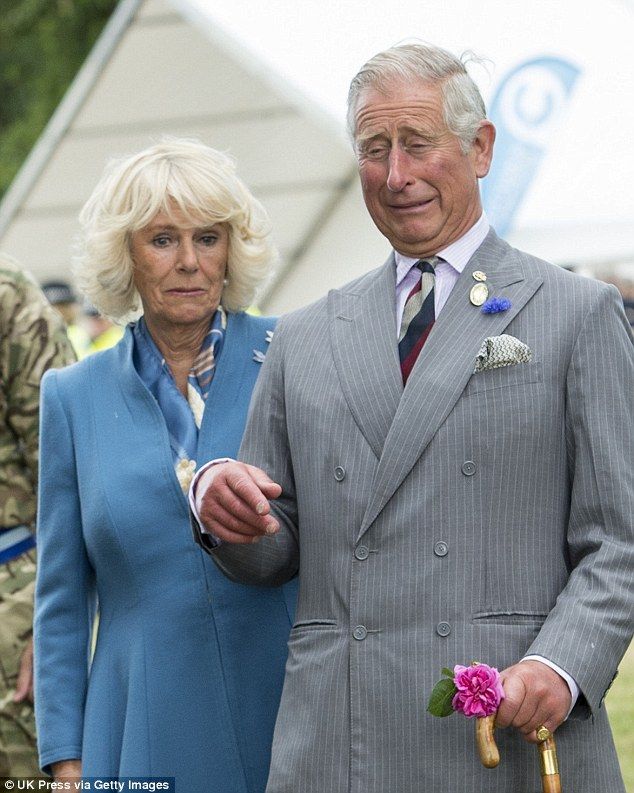 At first, the prince became interested in the Air Force and even trained as a jet pilot, but later entered the Royal Navy (again in the footsteps of his father), where he served until 1976.
At first, the prince became interested in the Air Force and even trained as a jet pilot, but later entered the Royal Navy (again in the footsteps of his father), where he served until 1976.
Whatever Love Means
Prince Charles at 28
The older Prince Charles got, the more the media paid attention to his person, and in particular, the Duke's personal life. Quite surprisingly, the shy and timid young man gained a reputation as a playboy. This happened largely thanks to Lord Mountbatten, Charles's great-uncle, who pretty much embellished his grandson's sex life in several interviews in order to increase his popularity in the eyes of brides.
In 1987, the Duke of Wales was already 30, and journalists began to note that he had spent too much time in the princes. And the duke himself wanted more, but knew perfectly well that old-fashioned British society would not take him seriously until he settled down. What seemed like a relic of the past at 19The 80s for the whole world, for the royal family, was an obligatory tradition - the bride must be pristine, so the true love of Prince Charles - Camilla, who by that time had already changed her last name to Parker Bowles, a confident and liberated woman, was not even considered for this role.
Prince Charles (number 4) and Camilla on their first meeting in 1970
In 1979, Charles proposed to his second cousin Amanda Knatchbull, granddaughter of the same Lord Mountbatten who once told the prince “a man should have as much as possible novels." But the girl refused him. By this time, the duke was already familiar with Diana, but perceived her only in the status of the sister of his new passion - Sarah Spencer.
Prince Charles and Diana Spencer at the beginning of a relationship
But already in 1980, Prince Charles began dating Diana, despite the 12-year age difference. Most of their courtship took place over the phone, and after only six months and 13 dates, he made a marriage proposal to 19-year-old Diana, to which she agreed.
During the announcement of the engagement in 1981, the interviewer asked an uncomfortable question: “Are you in love?” To which he received the same strange answer from the prince: “Yes, of course! Whatever love means.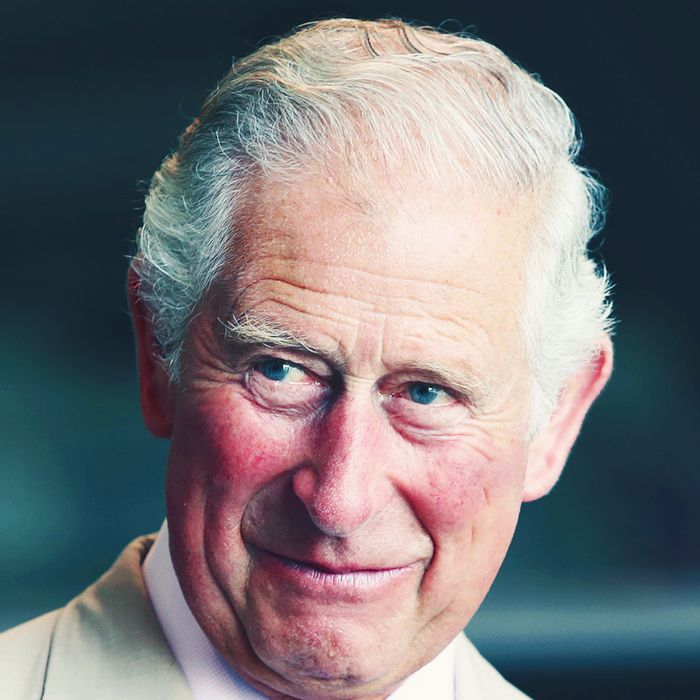 " Princess Diana later admitted that such a reaction from the groom absolutely unsettled her. The 33-year-old prince married, under family pressure, a girl whom he did not really love and did not even know very well. According to rumors, he cried on the eve of their wedding, but decided to go to the end, because it was "the right decision for this country and for the family."
" Princess Diana later admitted that such a reaction from the groom absolutely unsettled her. The 33-year-old prince married, under family pressure, a girl whom he did not really love and did not even know very well. According to rumors, he cried on the eve of their wedding, but decided to go to the end, because it was "the right decision for this country and for the family."
Preparations for the most famous and lavish royal wedding have been overshadowed by a scandal. It was on the eve of the official ceremony in 1981 that Prince Charles resumed relations with married Camilla, making it clear to the very young Diana that her life would not be a fairy tale, as it was positioned in the press. The future princess was tormented by the paparazzi, catching the most intimate moments (for example, when she burst into tears from stress in her car).
A rare photograph of Diana Spencer and Camilla Parker-Bowles, 1980 year
And Prince Charles, as if out of spite, confirmed all the doubts of the bride, making gifts to his mistress right in front of the future princess. Photographers added fuel to the fire. Here Diana is crying at Heathrow Airport after Prince Charles left for Australia - not because she is sad, but because before leaving he called Camilla Parker Bowles and did not at all honor his lawful bride. According to rumors, Diana was ready to break off the engagement right before the ceremony, but the sisters convinced her that it was too late: "Your face is all over the kitchen towels."
Photographers added fuel to the fire. Here Diana is crying at Heathrow Airport after Prince Charles left for Australia - not because she is sad, but because before leaving he called Camilla Parker Bowles and did not at all honor his lawful bride. According to rumors, Diana was ready to break off the engagement right before the ceremony, but the sisters convinced her that it was too late: "Your face is all over the kitchen towels."
Nevertheless, the marriage ceremony on July 29, 1982 became one of the most memorable royal weddings of all time, watched by 750 million people around the world. Prince Charles is finally getting the attention he deserves, becoming the most talked about member of the royal family, but not at all popular. The British have become much more sympathetic towards Princess Diana, who is kind, merciful and close to the people.
In 1982, the couple had their first child, son William. After that, Diana fell into postpartum depression, and the Duke of Wales continued the affair with Camilla. To the 35 years that Prince Charles celebrated at 1983, he was in a fragile marriage with relationships on the side and was expecting a second child (Prince Harry, who appeared in 1984), without gaining the full independence that he dreamed of, and without becoming the darling of the nation.
To the 35 years that Prince Charles celebrated at 1983, he was in a fragile marriage with relationships on the side and was expecting a second child (Prince Harry, who appeared in 1984), without gaining the full independence that he dreamed of, and without becoming the darling of the nation.
Prince William
On June 21, 2022, Prince William will turn 40 years old. During this time, he has gone from a sex symbol of Great Britain, fearlessly dissecting in a helicopter, to a diligent father of a large family, preparing to take the throne, bypassing a father who is much less popular than his son. But back to the youthful years of the Duke of Cambridge (who at that time was still the Prince of Wales).
William Arthur Philip Louis was born in 1982, when Prince Charles and Princess Diana were still pretending to be a happy couple. His appearance was marked by a change in traditions: childbirth took place in a hospital, and not in a palace, as was customary. Another innovation was that the boy was not brought up at home, but was taken to kindergarten.
Prince William with his parents and brother in 1986
From the age of 8 to 13, William lived at the boarding school Ludgrove (Ludgrove School) in Berkshire, and without special privileges: he shared a bedroom with three classmates. Apparently, the prince inherited his grandfather's genes, because he shared a love for team sports, ran cross-country, played football and basketball, and was popular with classmates: they chose him as the captain of the hockey and rugby teams.
Prince William with his parents and brother in 1995
Tragedy that changed his life
Prince William at age 15 with his father and brother sent William to Eton College, prestigious and close to home. However, the prince could not fully enjoy the senior classes. At the age of 14, he struggled with the official divorce of his parents, which became a large-scale worldwide scandal. Because of this, the paparazzi literally did not allow the passage of the teenager and his family.
Funeral of Princess Diana, September 6, 1997
But the apogee of this situation was on August 31, 1997, when Princess Diana died in a car accident in Paris, allegedly due to the fault of photographers.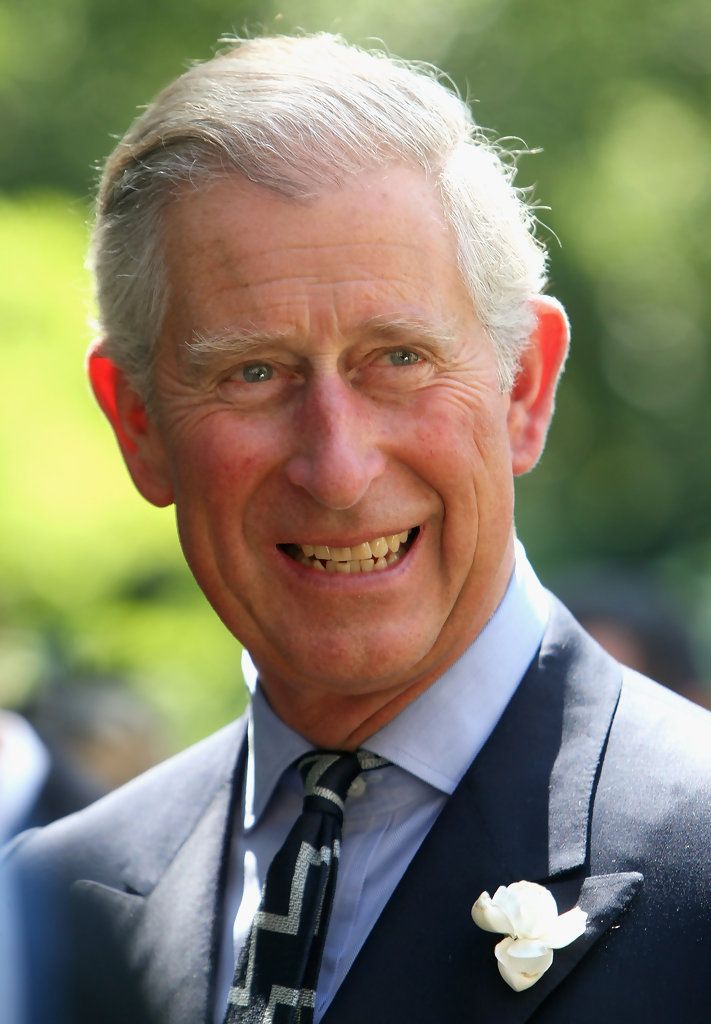 For 15-year-old William, the death of his beloved mother, with whom he was especially close, was a severe blow. The terrible fact is known that the boys learned about the tragedy only on September 1, because there was no radio in the house.
For 15-year-old William, the death of his beloved mother, with whom he was especially close, was a severe blow. The terrible fact is known that the boys learned about the tragedy only on September 1, because there was no radio in the house.
The very young prince took part in organizing the funeral of the world-adored queen of human hearts, whom William simply called "mother". He and his brother, Prince Harry, followed their mother's coffin in a funeral procession all the way to Westminster Abbey, where the funeral took place. To recover from the loss of a loved one, Prince William visited a psychologist, and it was because of this incident that he forever disliked the paparazzi.
After graduating from Eton, the prince, like many students, took the traditional gap year. For a year, he managed to take part in the British army exercises in Belize, travel around Africa and South America, volunteer in Chile, where he worked on an equal basis with ordinary people, even cleaning toilets, and also worked on English dairy farms.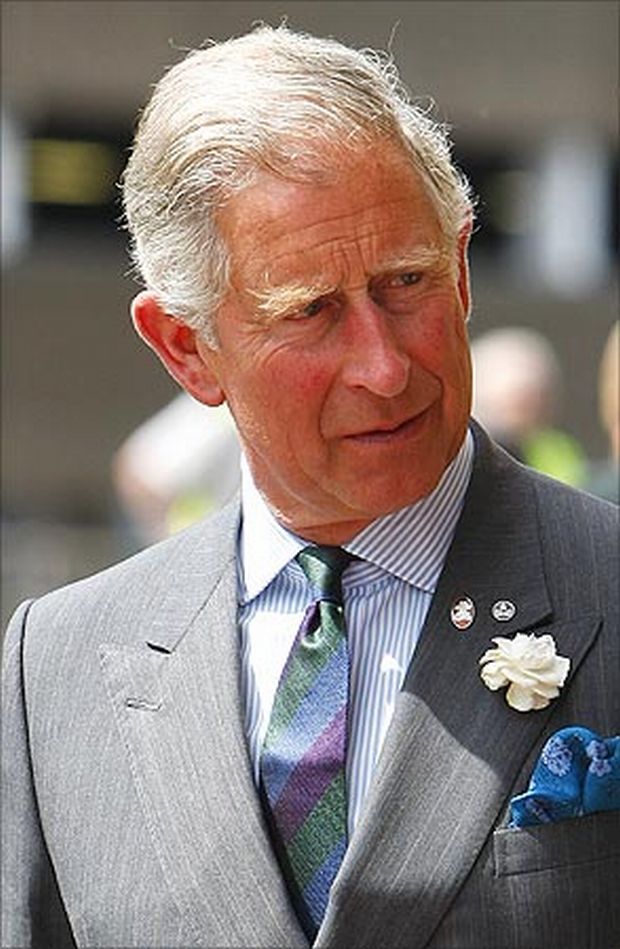
After broadening his horizons and seeing the world, Prince William decided to get a degree in geography. And again he decided not to follow the royal traditions, enrolling not in Cambridge or at least Oxford, but in another, albeit no less elite institution - the University of St. Andrews.
Prince William was very different from his father as a student. He graduated with honors with a dissertation on coral reefs, had many friends, and represented the university team in a water polo tournament.
The symbolic role of monarchs in Great Britain did not burden him as much as Prince Charles. He was happy to do charity work, following the example of his late mother, he liked to be closer to the people, which earned him popularity, and, in a completely surprising way, he never got into a single scandalous headline, unlike his brother. Although it is difficult to call young William a good boy.
Prince William at age 18
The royal family made every effort to hide even the slightest misdeeds of the heir to the British crown. According to rumors, because of this, relations between the brothers deteriorated greatly. Prince Harry was outraged that his older brother got away with everything, while he reported on all his movements. But still, the general drama turned out to be stronger than petty quarrels, so they were able to improve relations.
According to rumors, because of this, relations between the brothers deteriorated greatly. Prince Harry was outraged that his older brother got away with everything, while he reported on all his movements. But still, the general drama turned out to be stronger than petty quarrels, so they were able to improve relations.
It was in St. Andrews that Prince William met his future wife. A spectacular brunette in a translucent dress at a student fashion show impressed the prince in 2002, and their friendship quickly developed into a romance. They even lived together in 2nd year. But at that time, William looked little like the so-called husband material. The enviable bachelor was in no hurry to officially announce the relationship, despite mutual sympathy.
Prince William and Kate Middleton at their 2005 university graduation
The couple's university friends noted that the duke sometimes treated Kate Middleton like a servant, and on his 21st birthday in 2003, he 'dipped' his secret girlfriend , putting her at the far table.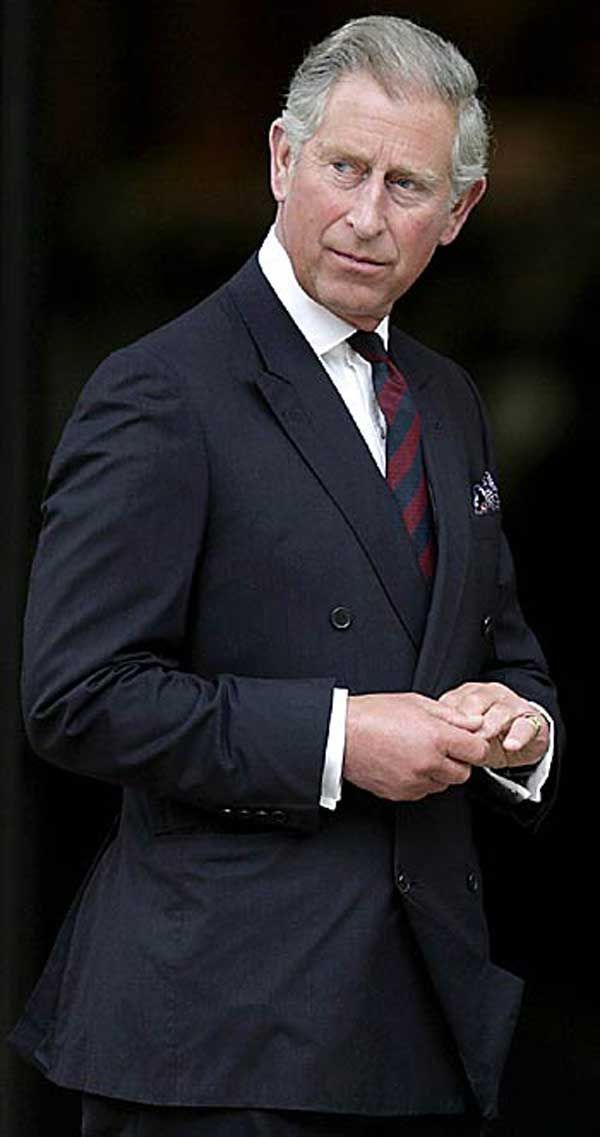 It is not surprising that after graduation, they parted for some time.
It is not surprising that after graduation, they parted for some time.
Prince William in 2005
Not repeating his father's mistakes
Prince William at 25
In 2007, Prince William turned 25 years old. By this time, he had already served in the Blues and Royals Royal Horse Guards for a year. The duke wanted to take part in real hostilities, but due to the fact that he was second in line to the throne, the council of ministers insisted not to risk the life of the prince once again. Instead, William continued his studies in the Royal Navy and the Royal Air Force, following in the footsteps of his father and grandfather.
Having received the rank of captain, he served in Wales on the island of Anglesey until 2013 as a pilot of the Sea King rescue helicopter and even participated in real operations, during which he saved more than one life. He gave his entire salary to charity. The prince admitted that he still loves the sky, but royal duties, which have decently increased during this time, do not allow him to fly freely.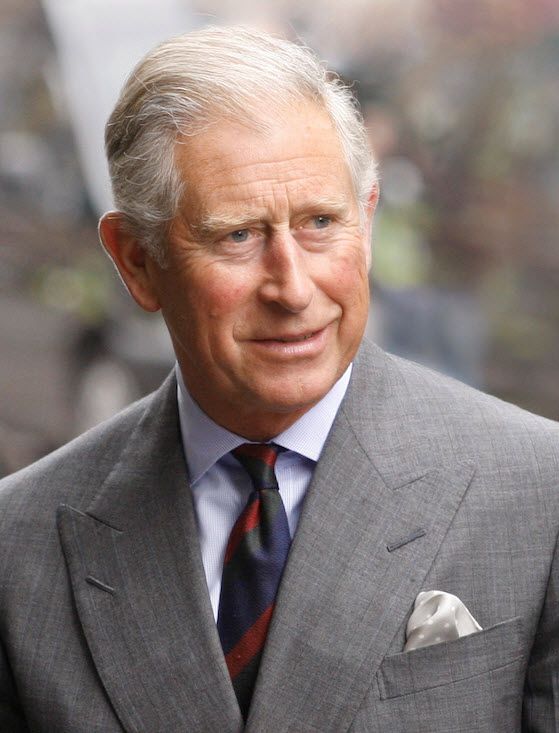
In 2008, information was leaked to the media that the Prince had introduced Kate Middleton to the Queen. Photographers increasingly noticed the girl at official events next to members of the royal family. The seriousness of their relationship was proved by the fact that she once single-handedly represented Prince William at his cousin's wedding. Bookmakers took bets on the date of the announcement of the engagement, and the media kept a couple of eyes on it. Traditionally, testing the prince's new passion for strength, cruel journalists gave Kate Middleton an offensive nickname - Waity Kaity, hinting at the fact that she stayed too long in brides.
But she got her way, and in 2010 the couple announced their upcoming wedding. William gave her the famous sapphire engagement ring, previously owned by his late mother. The luxurious ceremony in April 2011 was remembered by the world as a fairytale wedding: there was both a prince and a Cinderella (Kate Middleton came from a rich, but not an aristocratic family).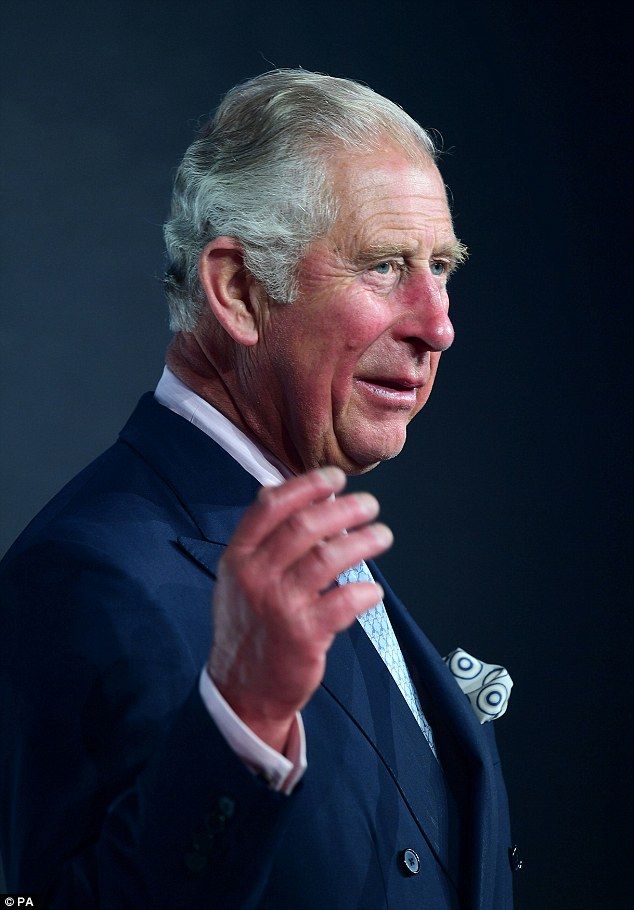 But, taught by bitter experience, the royal family did not repeat their mistakes and allowed this marriage with a "commoner".
But, taught by bitter experience, the royal family did not repeat their mistakes and allowed this marriage with a "commoner".
Already in 2013, the couple had their first child, Prince George, who immediately took third place in line to the throne. In 2015, the family was replenished with Princess Charlotte Elizabeth Diana. The chosen name was a tribute to two incredibly important people in William's life, his late mother and grandmother.
The face of the future of the British monarchy
Prince William celebrated his 35th birthday in 2017. By this time, he was a respected head of a large family (the couple announced that they were expecting a third child), a decent husband and a responsible member of the royal dynasty. Together with his wife, whom by this time the people had not only accepted, but loved deeply, he went on various tours, representing his country with dignity, and personified the best aspects of the British royal house.
Prince Harry
Now not everyone recognizes this 37-year-old, slightly bald, stately family man as a dashing badboy who appears naked at parties. The duke earned a reputation as a troublesome prince from childhood. It’s just that over time, from non-observance of petty traditions, which often put exemplary relatives in an uncomfortable position, he moved on to more active actions that could shake the entire monarchical system.
The duke earned a reputation as a troublesome prince from childhood. It’s just that over time, from non-observance of petty traditions, which often put exemplary relatives in an uncomfortable position, he moved on to more active actions that could shake the entire monarchical system.
Family portrait, 1984
Prince Harry, more precisely Prince Henry (Harry is actually a popular shortening of this name), was the second son of Prince Charles and Princess Diana. Born at 19In 84, he fell into a period of crisis in family life, and the older the duke got, the more tense the relationship was. Father found solace in his mistress, and mother in charitable work. The situation was complicated by the fact that the media did not take their eyes off the young royal family. Talking about childhood, Prince Harry compared it to "a mixture of the Truman Show and being at the zoo." Certainly not as a visitor.
Prince William and Prince Harry in 1985
The Duke of Sussex came third in the race for the throne at birth. In most cases, this meant one thing - he would not become king. In an interview, Prince Harry shared that as a child he felt abandoned and alone, because all the attention went to William. Majesty editor Ingrid Seward noted in a documentary about the prince's youth: "The Queen Mother used to say: William, come and sit next to me! And little Harry felt left out… He always knew he was number two,” she added.
In most cases, this meant one thing - he would not become king. In an interview, Prince Harry shared that as a child he felt abandoned and alone, because all the attention went to William. Majesty editor Ingrid Seward noted in a documentary about the prince's youth: "The Queen Mother used to say: William, come and sit next to me! And little Harry felt left out… He always knew he was number two,” she added.
Brothers in 1989
This is confirmed by the story shared by Ken Whorf, a former officer of the royal guard. One day, Prince Harry had a big fight with his brother and, returning home with him and his mother in a car, in the heat of a quarrel said: “William, one day you will become king, and I won’t, but it doesn’t matter, so I can do what I Like". Princess Diana was discouraged by the words of her son, who was no more than 10 at the time. She was very worried that the little duke thought so.
You will be king and I won't
The only person who didn't care about Prince Harry's status was his mother. Princess Diana tried to give her sons a normal childhood: she took them to amusement parks and spoiled them with the wrong food - pizza, french fries and CFS barbecue ribs. "Earthly" life was especially to the liking of Prince Harry.
Princess Diana tried to give her sons a normal childhood: she took them to amusement parks and spoiled them with the wrong food - pizza, french fries and CFS barbecue ribs. "Earthly" life was especially to the liking of Prince Harry.
Prince Harry in 1990
Although there was a very small difference in age between the brothers, their characters differed much more. Prince William was traditionally raised with a future in mind, preparing for the throne. The older brother grew up as a thoughtful, serious and responsible boy. He, like all firstborns, understood his role in this system too early. Prince Harry also drew conclusions and found out that he can remain a child much longer than his brother.
Prince Harry in the arms of Princess Diana in 1988
The Duke of Sussex as a child was a “red-haired mischief with a big smile” who ran around Kensington Palace. According to royal chef Darren McGrady, the inquisitive and cheerful fidget enjoyed spending time in the kitchen, where his favorite caramel banana cake was prepared for him every day after school.
Prince Harry took off his shoes at an official event
At official events, he did not even try to hide his boredom, made faces at photographers and tried to enjoy a carefree childhood, which, of course, cannot be called so easy.
Princess Diana with her sons at Thorpe Park in 1993
Harry's parents divorced when he was 12, but the unofficial breakup happened even earlier, in 1992. The older the brothers got, the more Princess Diana saw them as a support and closest associates. She shared problems, consulted and looked for support in them. The very young boys saw how bad their mother was, but they couldn’t help much.
Prince William and Prince Harry at the funeral of Princess Diana, 1997
Harry was 13 when he and his brother experienced the biggest loss of their lives. In 1997, Princess Diana was killed in a car accident. According to rumors, at that moment he did not fully understand what had happened, and only his further teenage rebellion became an expression of awareness of the tragedy.
Like his brother, after the disaster, Prince Harry hated the paparazzi. He said: “Panic attacks, severe anxiety. I went crazy every time I got into the car and every time I saw the camera and heard the click. It brought me back."
Prince Charles, Prince William and Prince Harry at a ski resort in 2005
During the difficult period of his personality development, the Duke had only one truly close person, William ("I'm madly in love with William. We've been through hell together" - here his words about brother even after the conflict in 2020). This is because, although Prince Charles tried not to make the mistakes of his father, his anger and childish resentment were still expressed in the methods of education. Prince Harry recalled that dad behaved distantly and coldly, avoided bodily-physical contact - depriving the children of everything that he himself did not get.
Prince Harry (15) watches with his father as Prince William takes his driving test
Prince Harry celebrated his 15th birthday in 1999 while attending Eton College with his brother.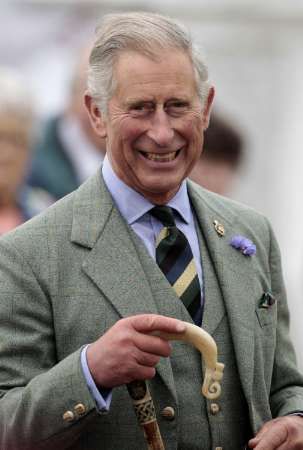 The young duke proved to be a good sportsman, but by no means a brilliant student. The teenager had problems not only with grades, but also with behavior.
The young duke proved to be a good sportsman, but by no means a brilliant student. The teenager had problems not only with grades, but also with behavior.
Prince Harry at Eton College
In an interview, he admitted that he did not like school and always wanted to be a bad boy, therefore he considered an elite college with privileges and golden youth not the best place for character formation.
Prince Harry's final year at Eton in 2003 In 2003, she reported that the teaching staff collectively helped the prince pass the final exam.
Prince Harry at age 18
Although the lawsuit was dismissed, other scandals remained a favorite topic of the yellow press and affected the young man's reputation. The misdeeds of the younger brother looked especially contrasting against the background of the exemplary Prince William. Interestingly, the worst grade in college came from the duke in geography, the subject that the older brother chose to study at the university.
Prince Harry celebrates graduation from college
After school, he took a traditional gap year, which, like his brother, spent volunteering in Australia and Lesotho, and also participated in a polo match. As far back as 2003, the 20-year-old prince was rumored to have stated that he did not see himself acting as a member of the royal family. But at that moment, there could be no talk of waiving the public debt, and in order to distract the duke from these thoughts and find something for him, Prince Harry was sent to the army.
Prince Harry in Lesotho
Troubled prince or whatever happens in Vegas doesn't stay in Vegas
Prince Harry at age 25
while Prince William served. The duke subsequently became the first member of the royal family to spend almost 10 years in the army.
Of course, the young and daring rebel wanted to be on the front line, and success in battle would not interfere with the restoration of his reputation. In 2007, the prince almost got into the service in Iraq, but the precautions outweighed, the duke was too valuable a target (the militants openly declared that the hunt was on for the prince).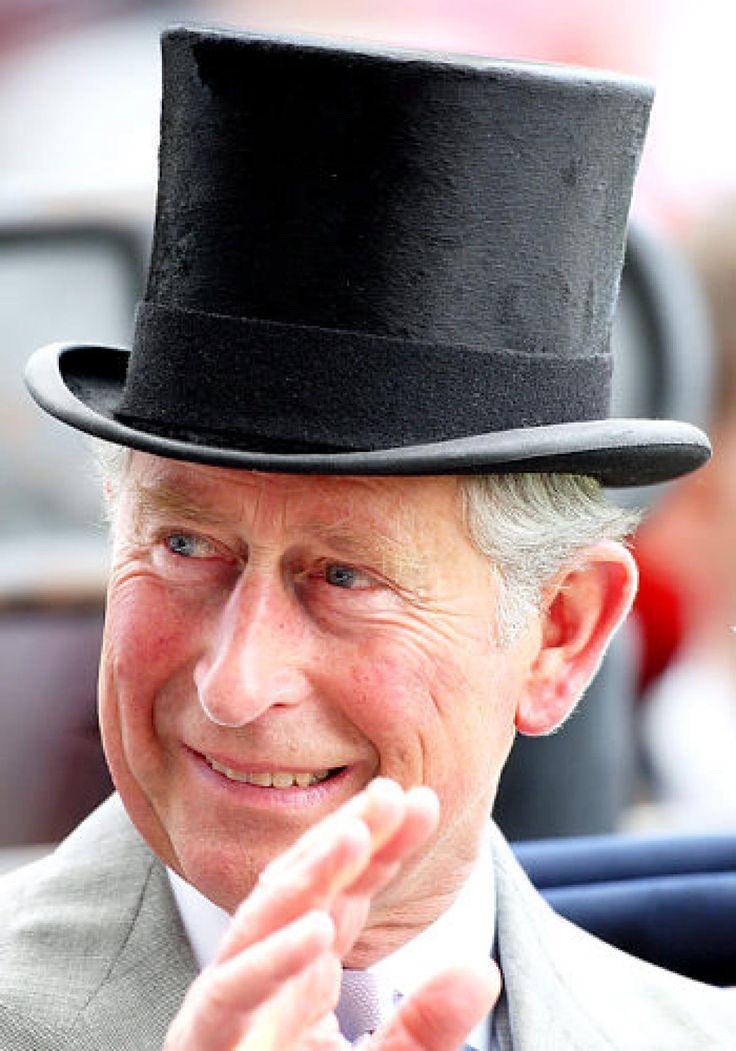
The Duke of Sussex, of course, did not like this, but he did not want to endanger the lives of his colleagues. In 2008, following in the footsteps of his father and brother, he trained as a pilot (Prince Charles even gave him his pilot's badge).
Princess Anne presents her nephew with a medal for service in Afghanistan in 2008
He was eventually reassigned to Afghanistan, where the 25-year-old prince finally had his first combat experience, which greatly impressed the young man: “I saw terrible things: the death of locals, children, young guys - much younger than me - devoid of limbs with hundreds of tubes coming out of them. This is something I will never be ready for.”
After that, Prince Harry directed his charitable work, primarily to help soldiers and veterans. In 2014, he also organized the Invictus Games, a sporting event for former and current military personnel who have become disabled.
He rested from the service and the nightmares of military operations in such a way that the whole world knew about it.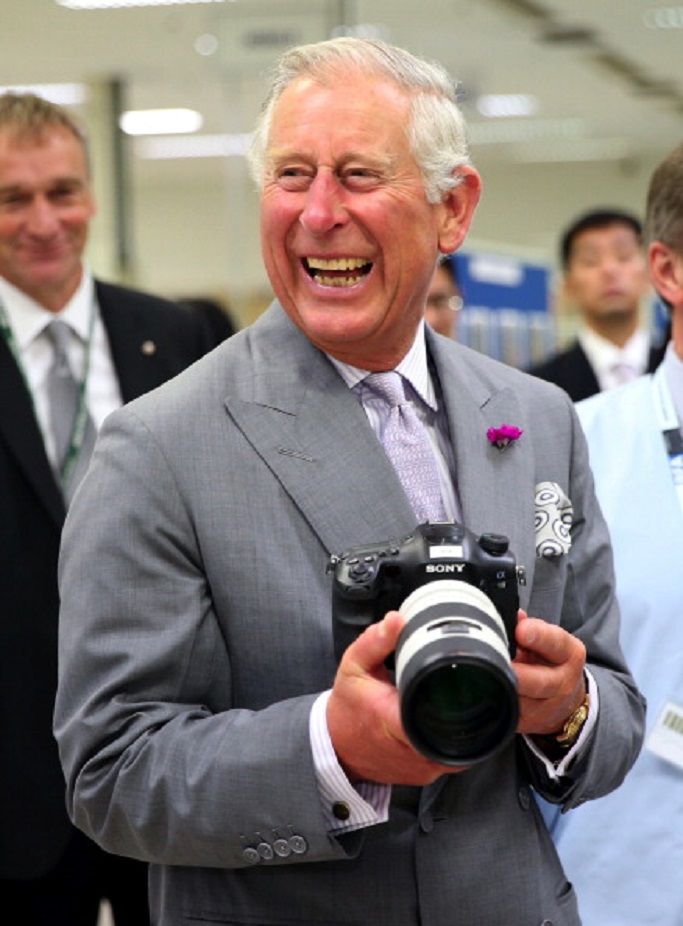 Here, in 2012, the completely naked prince was photographed in Las Vegas during a game of undress billiards, which he himself organized, or, here, he was filmed dancing drunk in completely wet and foreign clothes in Croatia after an unsuccessful fall into the pool, and here declassified the duke's secret account on a social network under the pseudonym Spike Wells (according to royal protocol, family members are prohibited from having a personal page).
Here, in 2012, the completely naked prince was photographed in Las Vegas during a game of undress billiards, which he himself organized, or, here, he was filmed dancing drunk in completely wet and foreign clothes in Croatia after an unsuccessful fall into the pool, and here declassified the duke's secret account on a social network under the pseudonym Spike Wells (according to royal protocol, family members are prohibited from having a personal page).
Prince Harry in Las Vegas in 2012
However, it is difficult to say that Prince Harry did all this with the intention of drawing attention to himself. In most cases, inappropriate and defamatory photographs fell into the hands of journalists thanks to not the most reliable friends of the duke and unsuccessful publications on social networks.
Prince Harry with Kanye West and Sean Combs
For some of his other misdeeds (like alleged racial slurs or appearing at a party in a Nazi uniform), Prince Harry was most likely "cancelled" in 2022, but at that moment his faults became only a cause of disappointment for the venerable family and, conversely, a reason for sympathy for ordinary people. After all, who hasn't made the mistakes of youth?
After all, who hasn't made the mistakes of youth?
Moreover, unlike the palace, which unsuccessfully tried to ban the distribution of hard-hitting photos, Prince Harry always chose a different tactic - honesty and remorse. The duke remained the same simple-minded hooligan who was not afraid to appear frivolous.
But at the same time, he always admitted his mistakes and apologized for what he had done, which was more credible than attempts to rewrite the history of the royal house, which was not the first time suspected of hiding facts. And then Prince Harry compensated for all his parties with active charitable activities.
The duke was also sincere and frank in love. About his first love, Chelsea Davy, whom he officially introduced on his 21st birthday in 2004, the prince said: “I would like to tell everyone how amazing she is, but as soon as I start talking about it, I feel vulnerable ... ". Despite the fact that Harry tried to hide the very fact of the relationship, he always spoke openly and showed his feelings, unlike his brother.
Chelsea Davy next to Prince Harry and William, Kate Middleton in the upper right corner at a concert dedicated to the memory of Princess Diana
So, in 2007, at the solemn concert dedicated to the memory of Princess Diana, which was organized by the princes, Chelsea Davy took pride of place next to her beloved, while Kate Middleton, Prince Harry, was seated 2 rows further.
Prince Harry and Chelsea Davy in Afghanistan in 2008
Their love for South Africa brought them together: Prince Harry often visited Botswana, volunteered in Lesotho, where he met Miss Davy, who was the daughter of a prominent Zimbabwean businessman. For 5 years of relationship, she became his fighting girlfriend: she went to the prince in Afghanistan, supported in difficult moments when the press fell upon the duke with merciless criticism and remained on his side even after gossip about the betrayals of Prince Harry. Together they hid from annoying paparazzi and traveled a lot. The royal family liked the girl, but she did not dare to become part of it.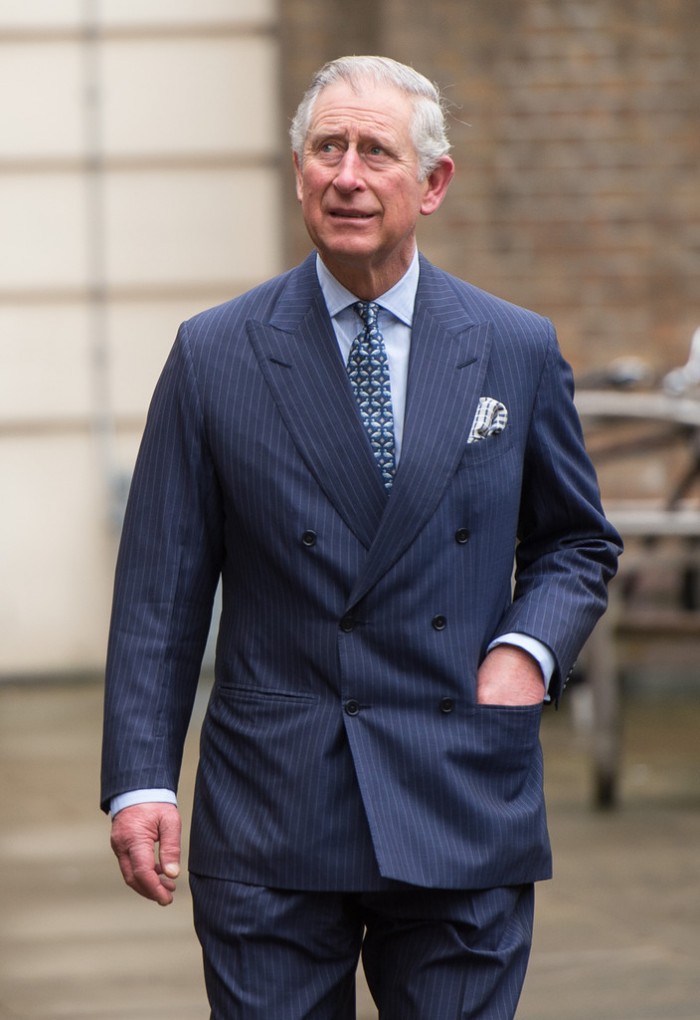
Chelsea Davy broke up with the prince, unable to withstand the incredible pressure from the press. According to rumors, at the wedding of Prince William and Kate Middleton in 2011, where she was already invited as a friend, she was finally convinced of the correctness of her decision and wished the Duke of Sussex to find his happiness.
By the way, they remained on such good terms that, according to the stories of Chelsea Davy's friend, a few days before her wedding (which the girl was present with another former duke - Cressida Bonas), Prince Harry called his first love, and they had a very emotional farewell conversation.
Chelsea Davy at the wedding of Prince Harry in 2018
The personification of the modern monarch , the duke seriously thought about hiding his relationship more carefully. Maybe that's why so far little is known about the beginning of the novel of the Duke of Sussex and Meghan Markle.
She went around them all: if before that, the prince's girls complained about excessive press attention, then Ms.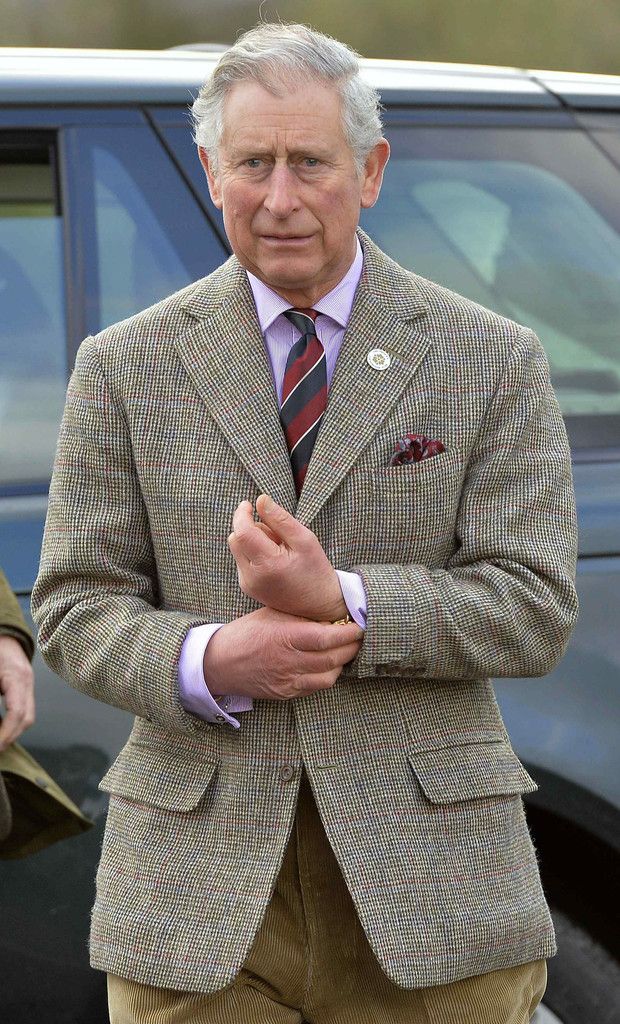 Markle went through all the stages of rejection. Whatever she was called and in what ways she just did not fit the royal offspring: too old, too divorced, too lowborn, too actress, too American. But opposites attract, and it was this woman, completely unlike all the previous beloveds of the duke, who became the ideal accomplice of all the "wrong" plans of Prince Harry, which he had long wanted to realize.
Markle went through all the stages of rejection. Whatever she was called and in what ways she just did not fit the royal offspring: too old, too divorced, too lowborn, too actress, too American. But opposites attract, and it was this woman, completely unlike all the previous beloveds of the duke, who became the ideal accomplice of all the "wrong" plans of Prince Harry, which he had long wanted to realize.
The couple's first public appearance at the Invictus Games in Toronto in September 2017
The relationship developed rapidly. According to the Duke, he realized that Meghan Markle is the one on their first meeting on a blind date in 2016. Fearing to lose her, the prince even stood up for his beloved, asking the press to stop the persecution. But the new lover turned out to be stronger than the previous girls and was ready to make sacrifices: she left her career as an actress, moved overseas, deleted her blog and began to adapt to her new life.
Prince Harry and Meghan Markle after announcing their engagement
It is difficult to say that even after all Markle's efforts, such a bride completely suited the royal house and the British in general.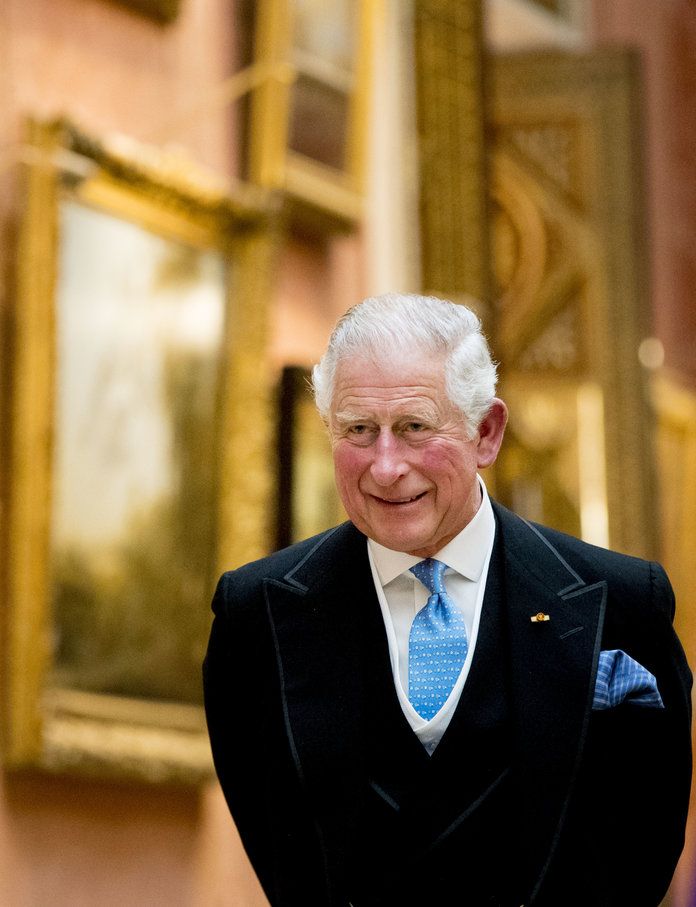 But, learning from its mistakes, this time the palace did not interfere and arrange the personal life of Prince Harry and agreed to the marriage. And this despite the fact that at one time Kate Middleton was considered the British Cinderella (she just grew up in a family of millionaires and went to the most elite private schools in England). And Baroness Maria Christina von Reibnitz, "Princess Michael of Kent", openly warned Prince William against marrying a "commoner".
But, learning from its mistakes, this time the palace did not interfere and arrange the personal life of Prince Harry and agreed to the marriage. And this despite the fact that at one time Kate Middleton was considered the British Cinderella (she just grew up in a family of millionaires and went to the most elite private schools in England). And Baroness Maria Christina von Reibnitz, "Princess Michael of Kent", openly warned Prince William against marrying a "commoner".
However, times are changing, and the arrival of a mixed-race royal in 2018 has been seen by the world, except for the British, as a wind of change. Prince Harry was looked at differently for the first time, because it was he who boldly challenged the centuries-old way of life, making the alliance with Meghan Markle a symbol of the fight against stereotypes, racism, sexism and the arrogance of the British monarchy, which she has long been accused of.
On May 6, 2019, the 35-year-old Duke of Sussex became a father for the first time.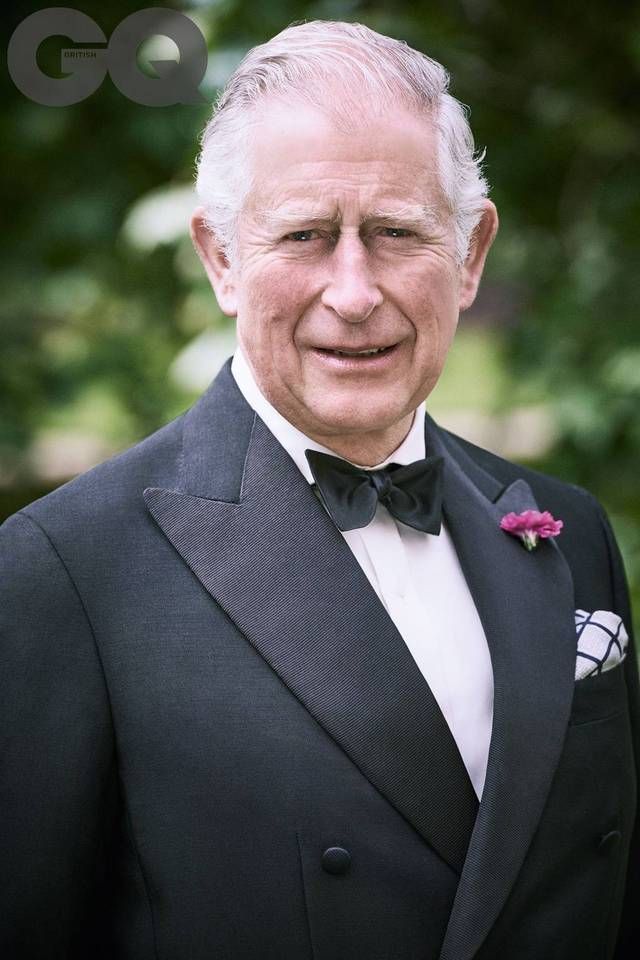 The couple had a son, Archie. The famous escape from the palace will take place only in January 2020, and the scandalous interview will be released even later, so while the young family, which has become the most popular and discussed topic of the tabloids, has diligently performed its duties, constantly and as if on purpose allowing small violations of the protocol that annoyed the exemplary and impeccable British.
The couple had a son, Archie. The famous escape from the palace will take place only in January 2020, and the scandalous interview will be released even later, so while the young family, which has become the most popular and discussed topic of the tabloids, has diligently performed its duties, constantly and as if on purpose allowing small violations of the protocol that annoyed the exemplary and impeccable British.
Christening of the son of Prince Harry and Meghan Markle
As it turns out, not everything was so smooth for the couple, but no one guessed how much love changed Prince Harry, who decided to fight to the end. From an unlucky younger brother, who every now and then got into troubles that dishonored his family, by the age of 35 he turned into a worthy and respectable husband and father not only of his family, but, possibly, of the nation.
People all over the world saw in him a representative of a new generation of monarchs, a man of broad views, courageous, open, decisive and close to the people - the quality that was so appreciated in Princess Diana.